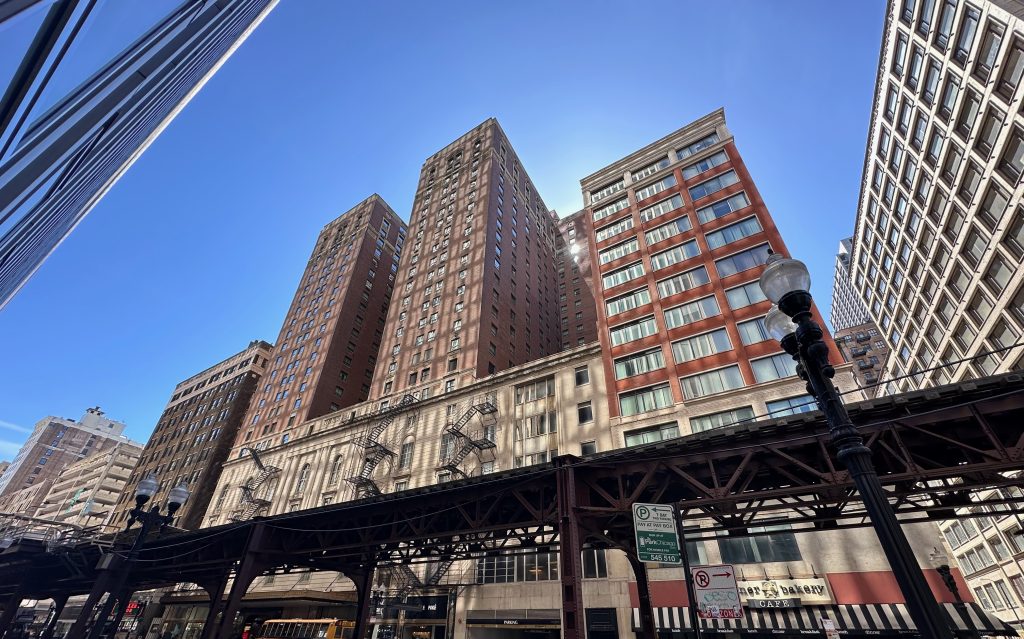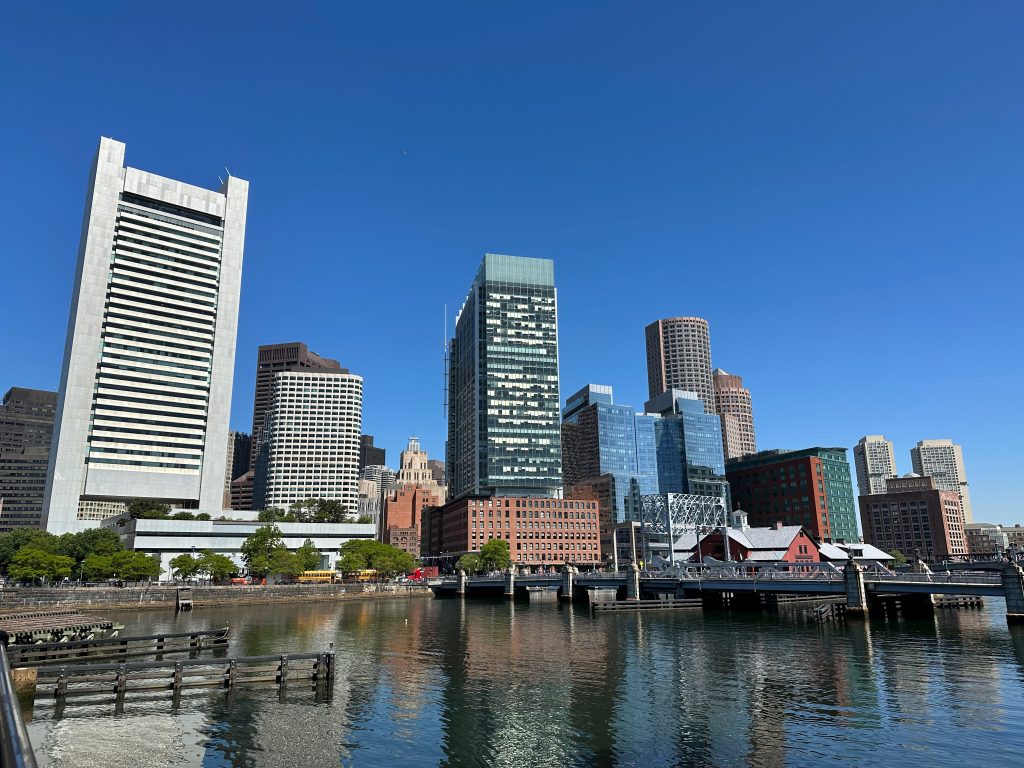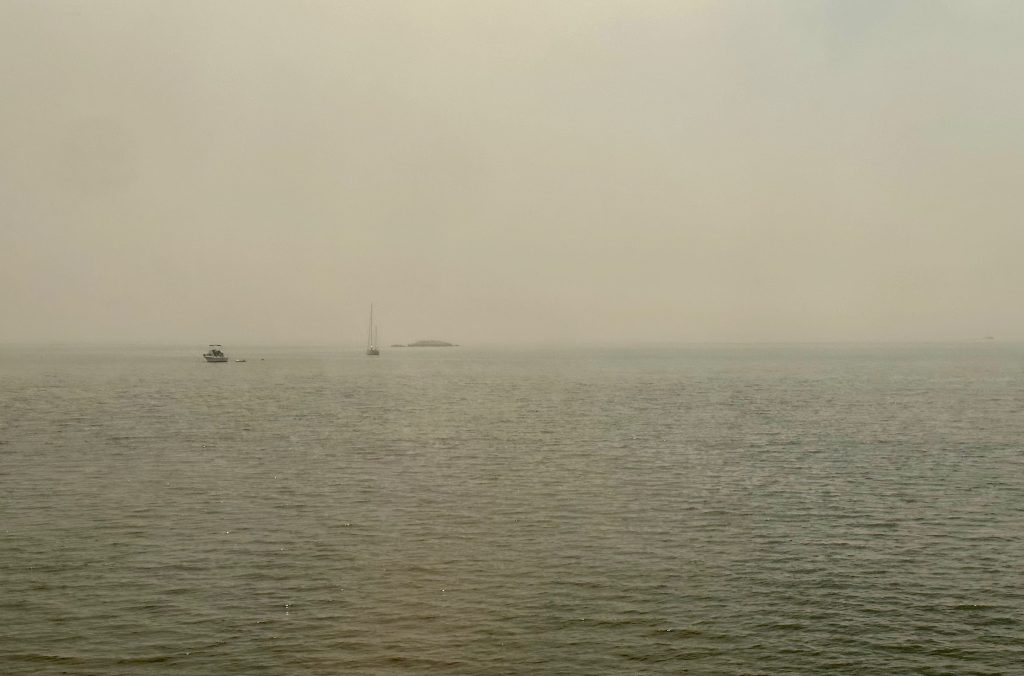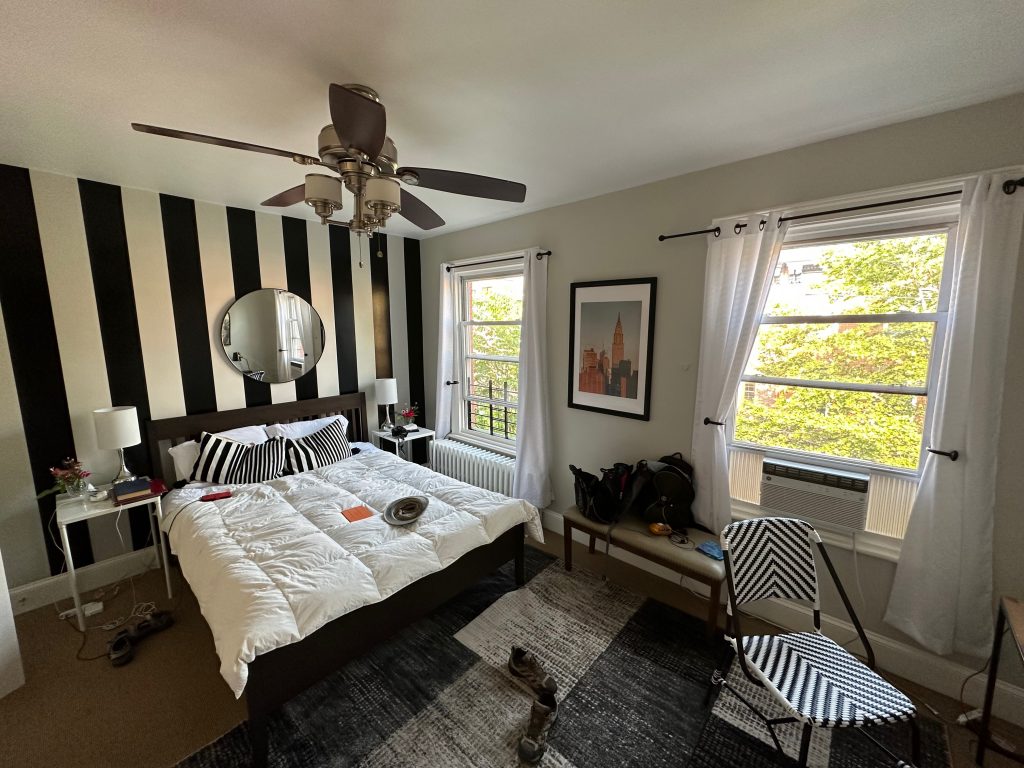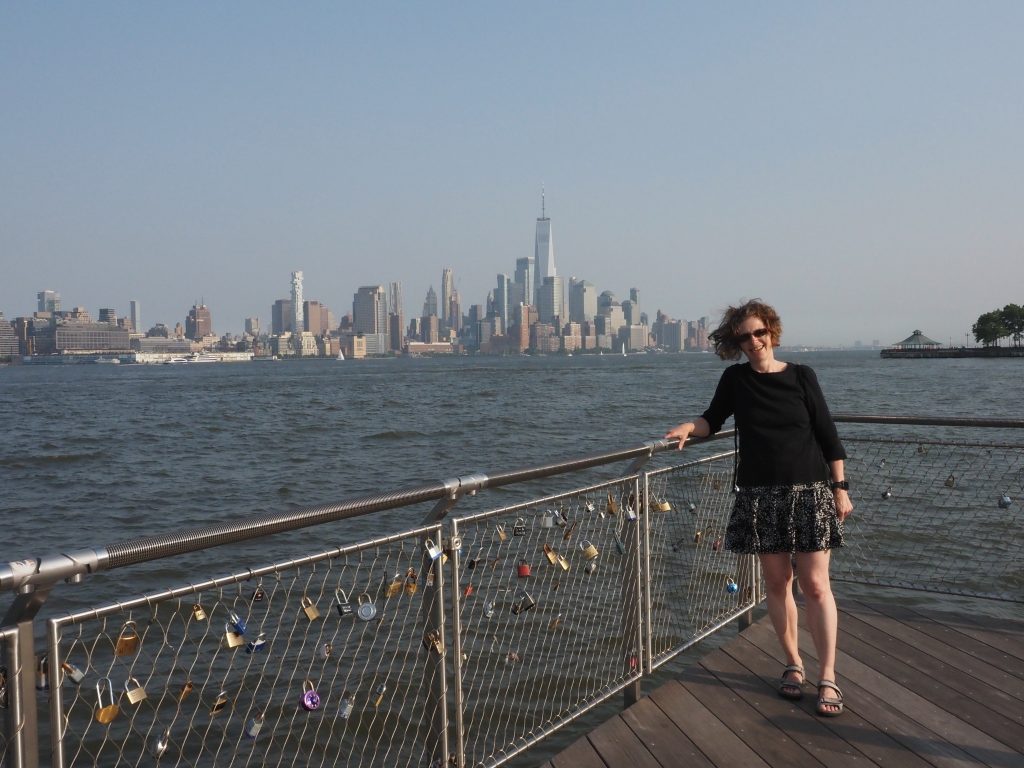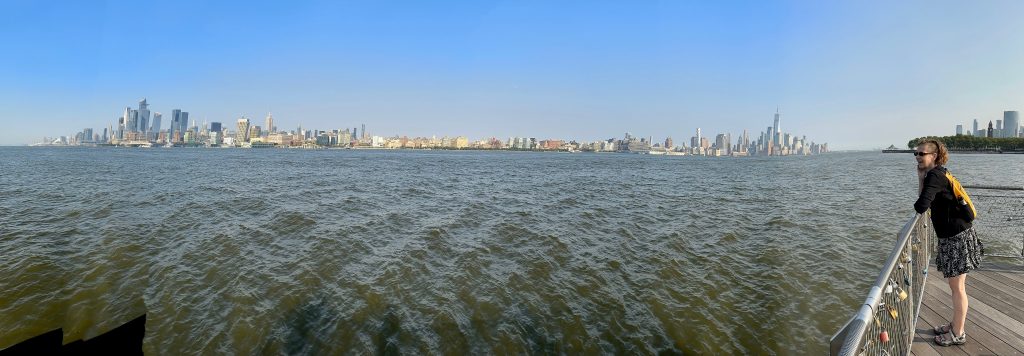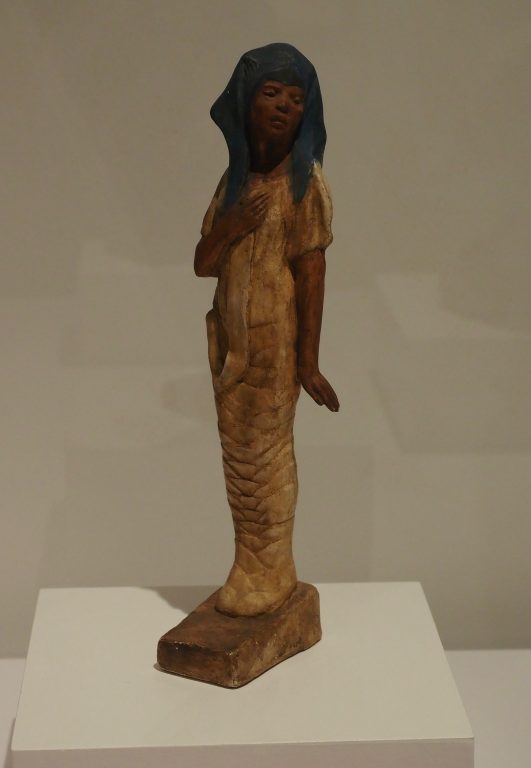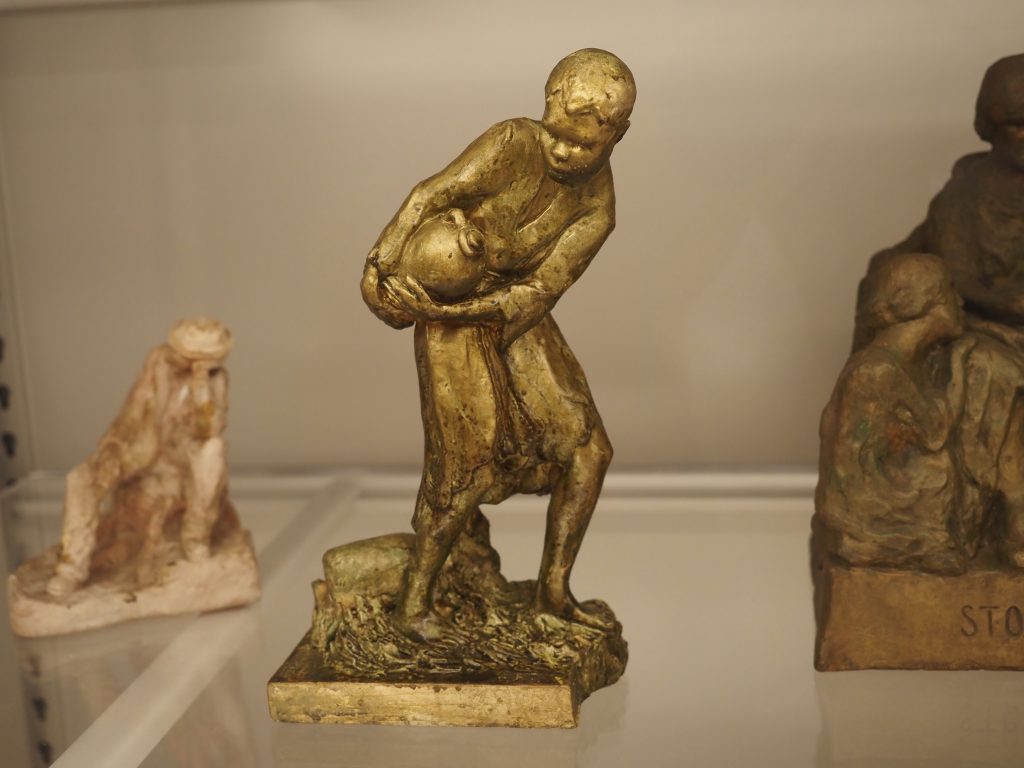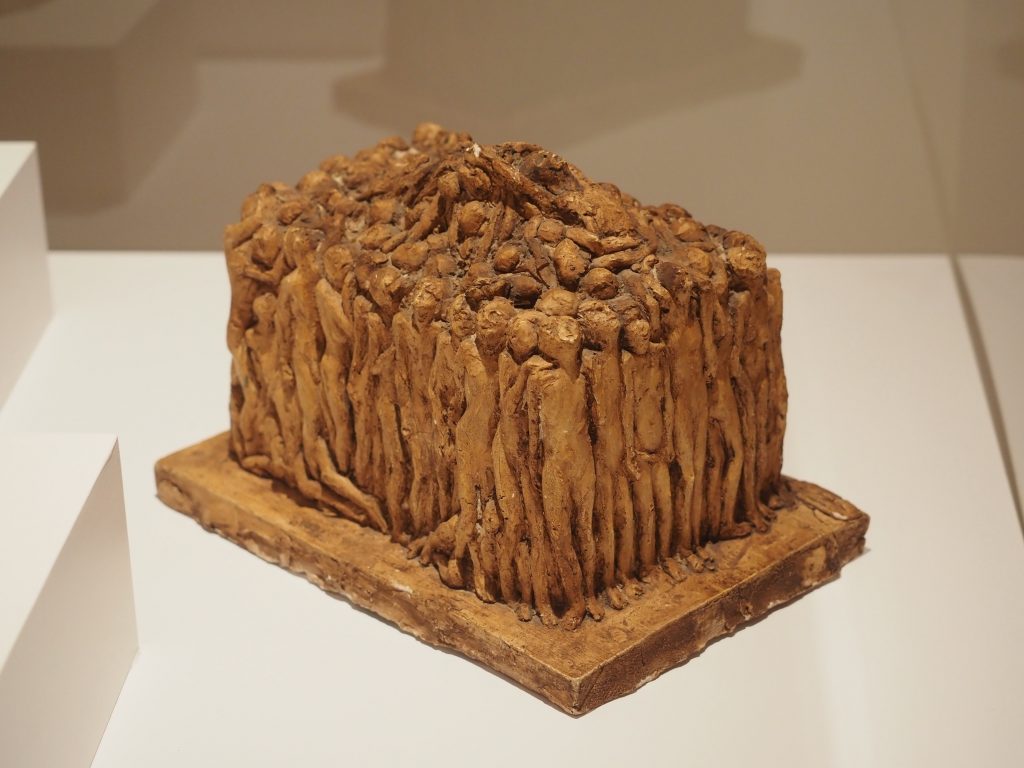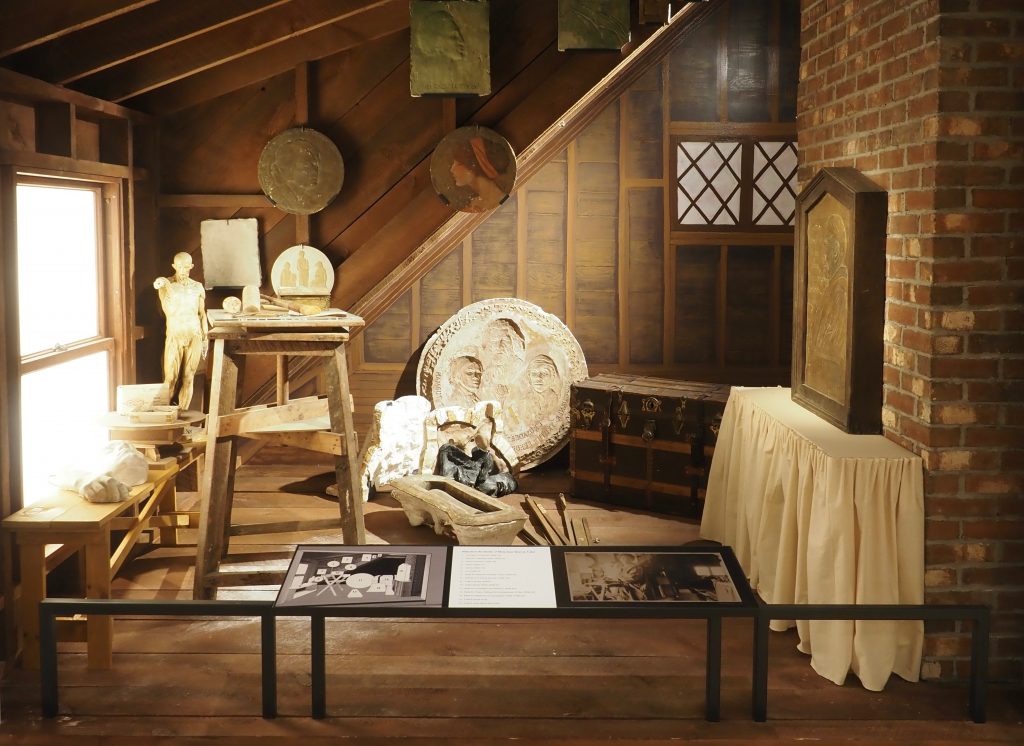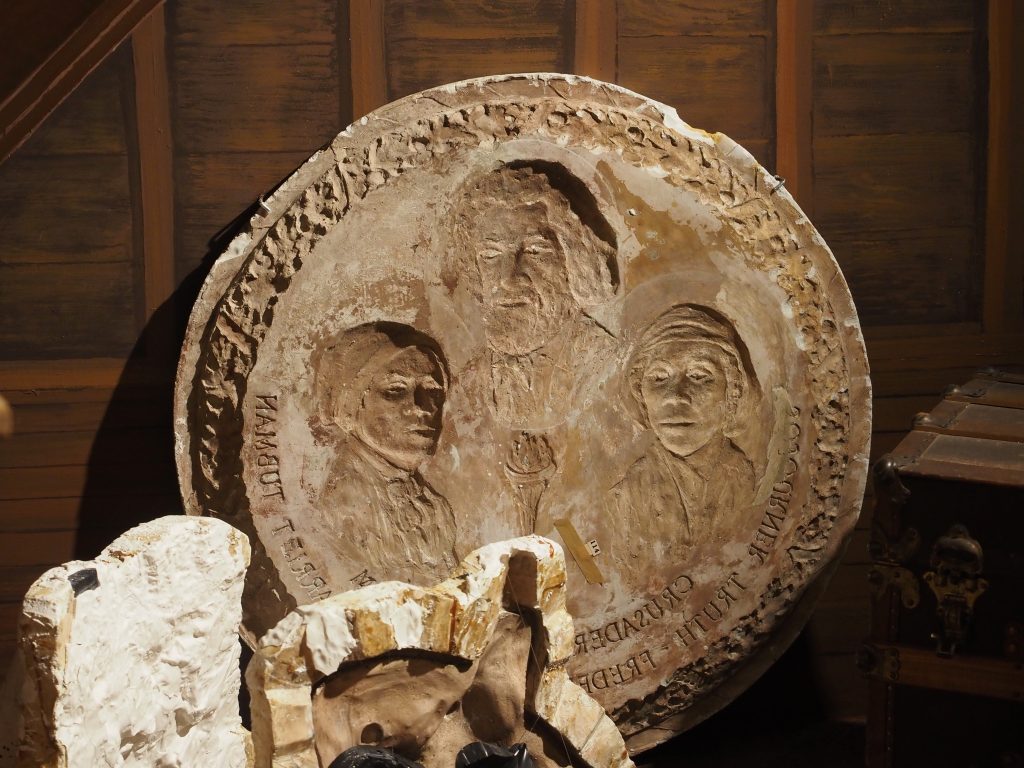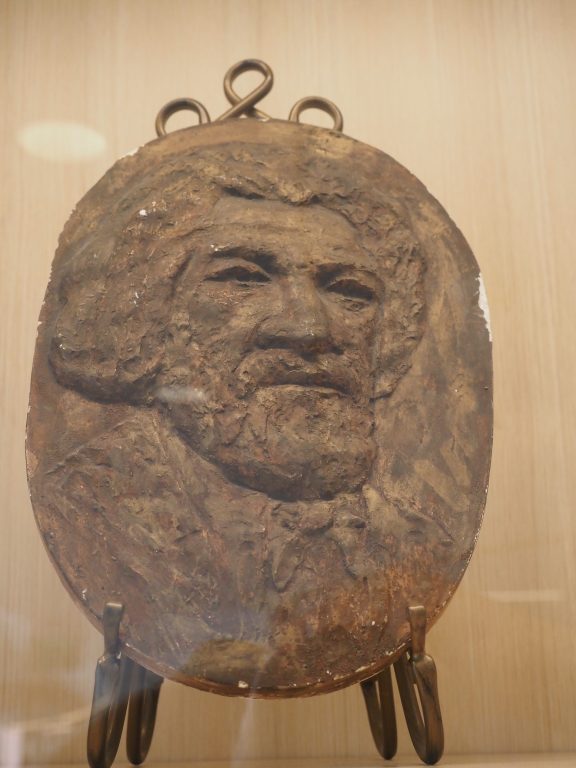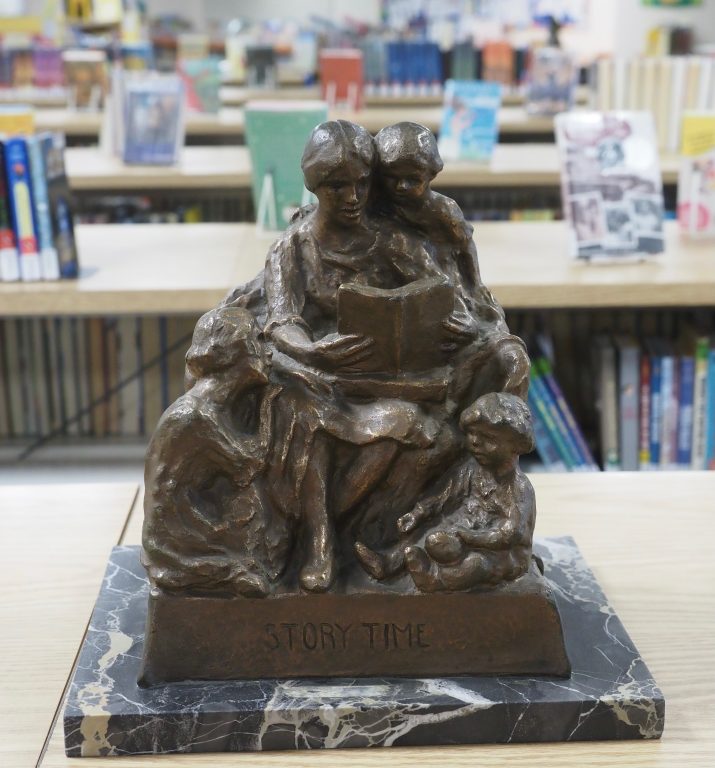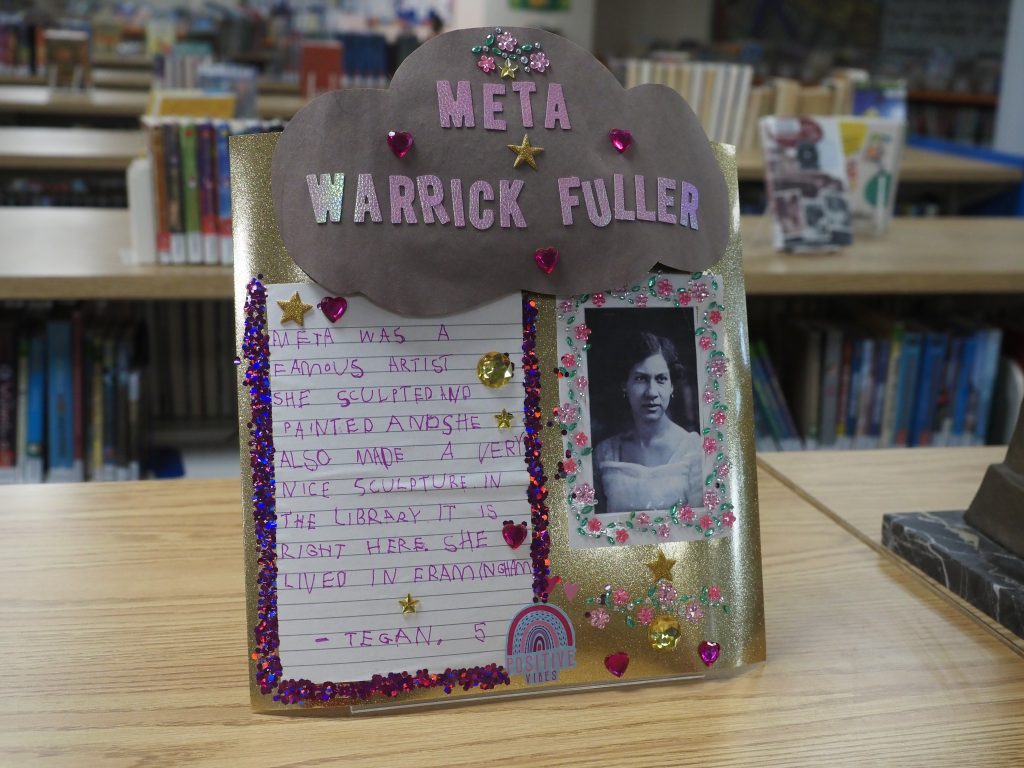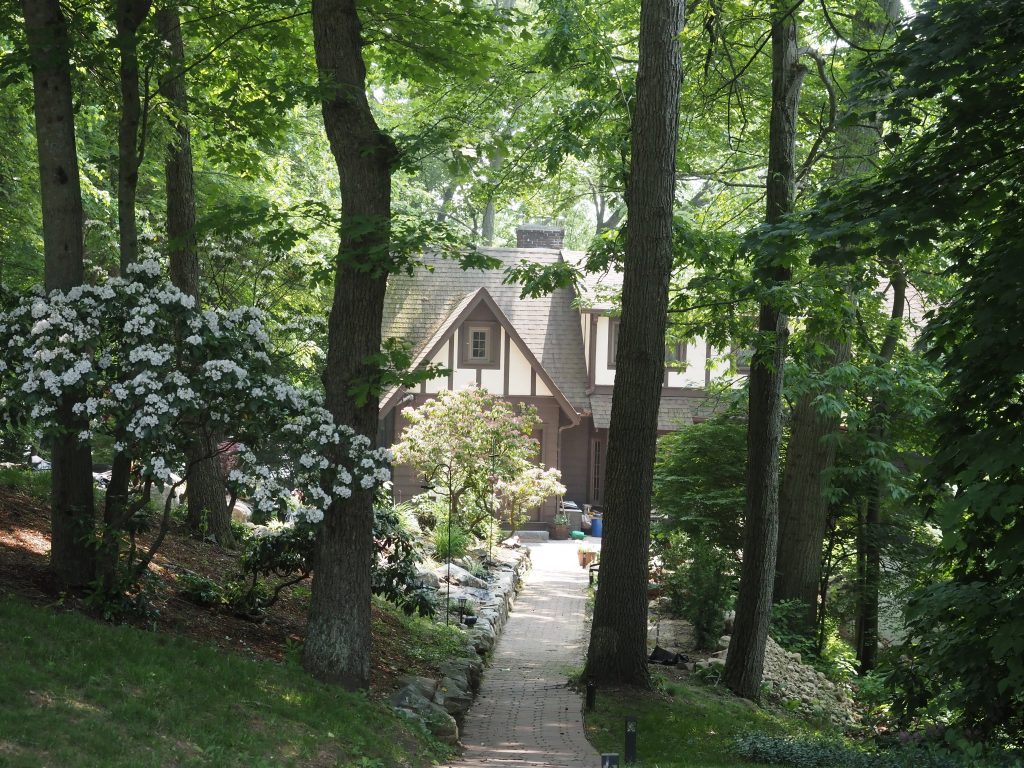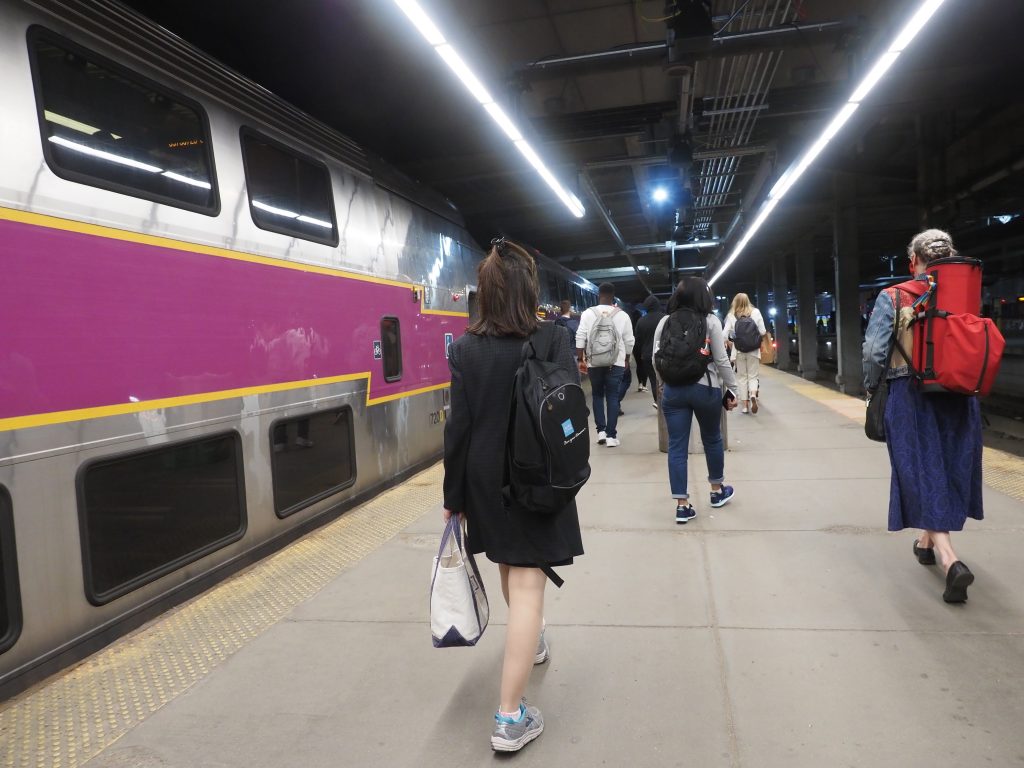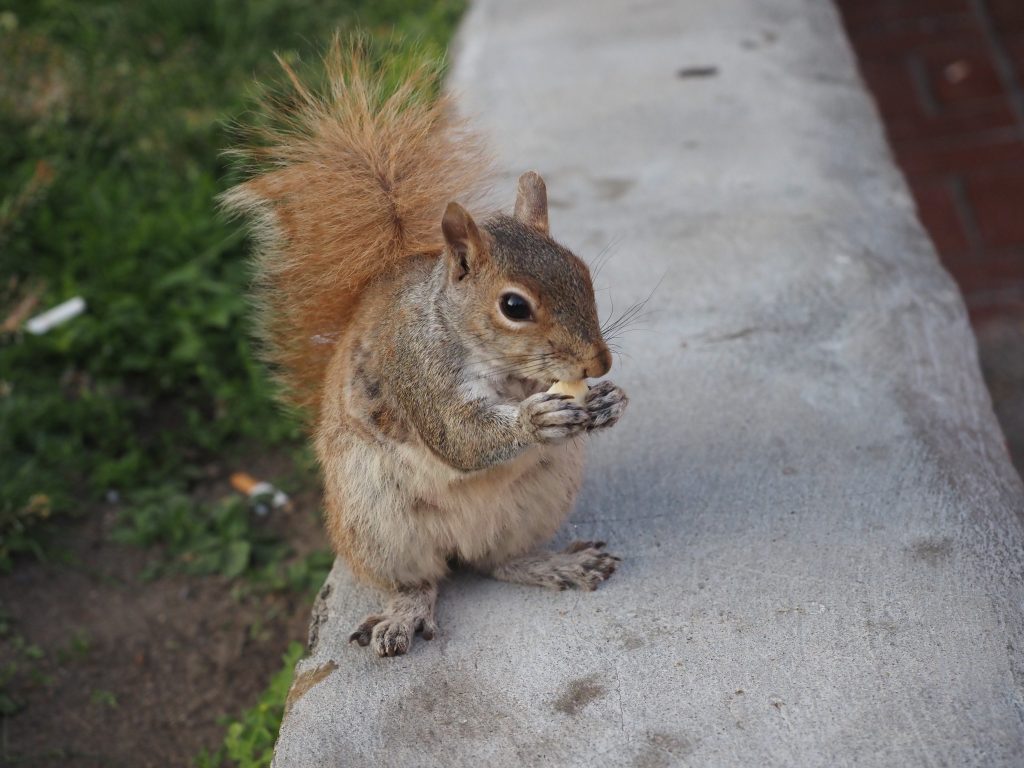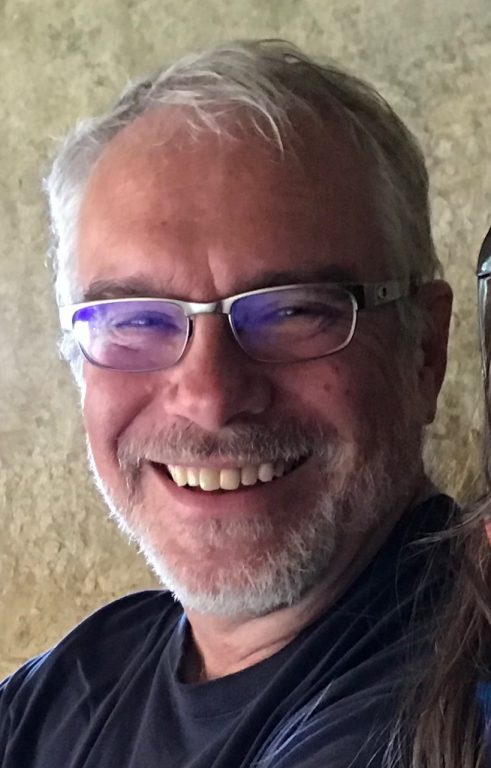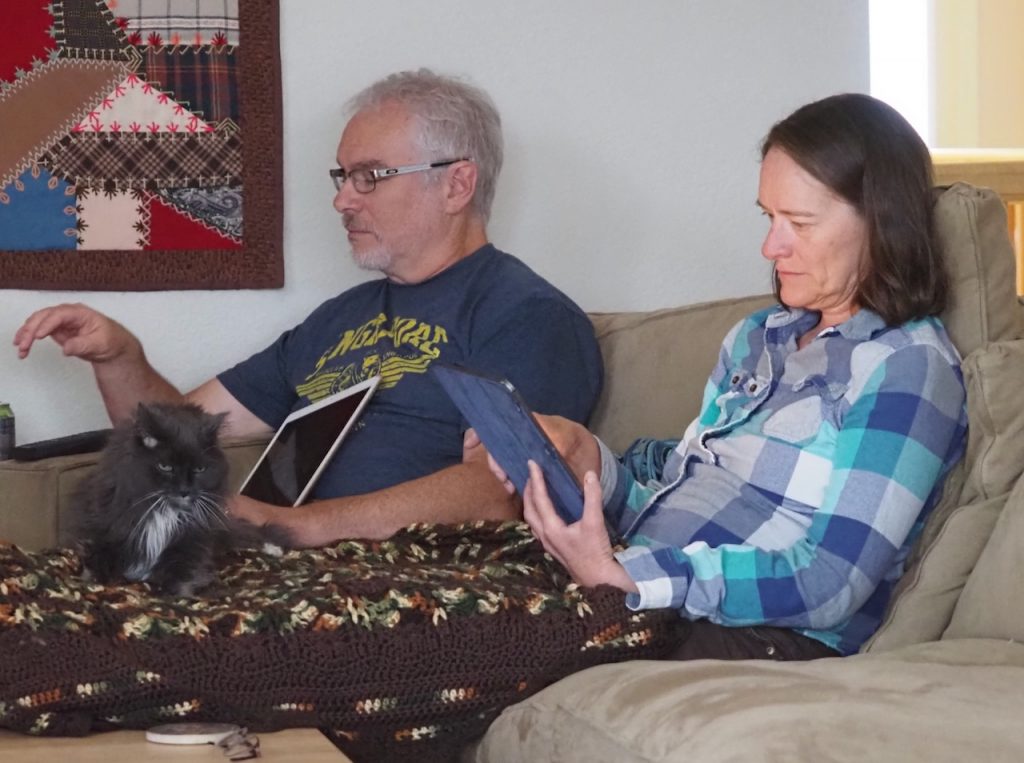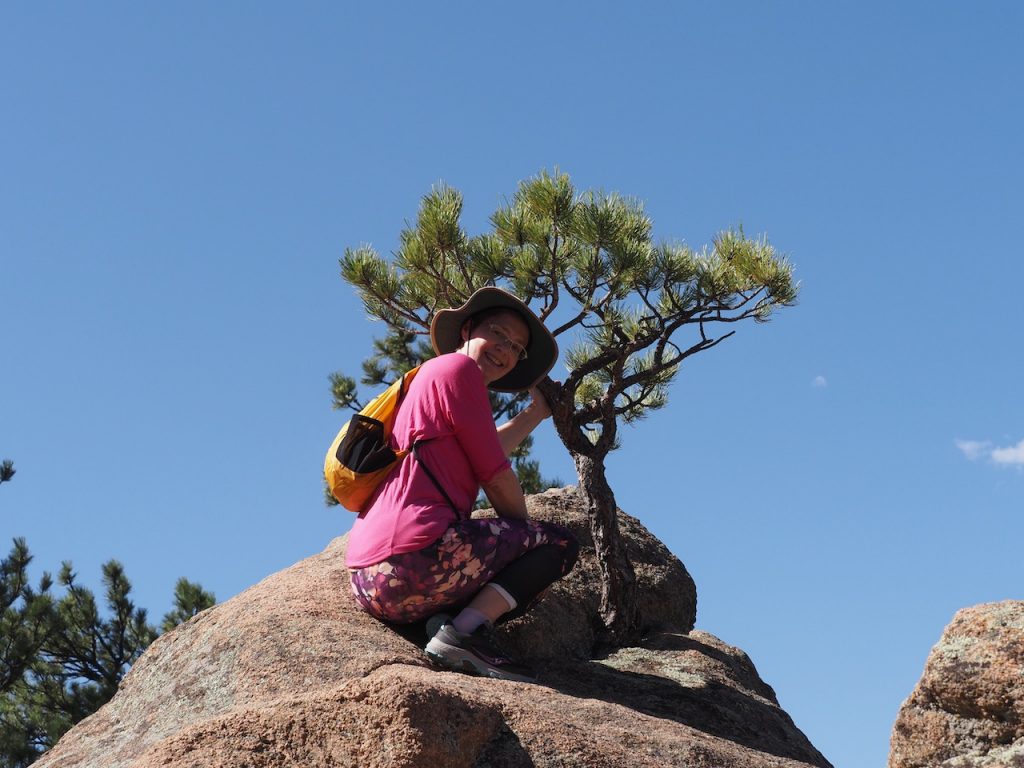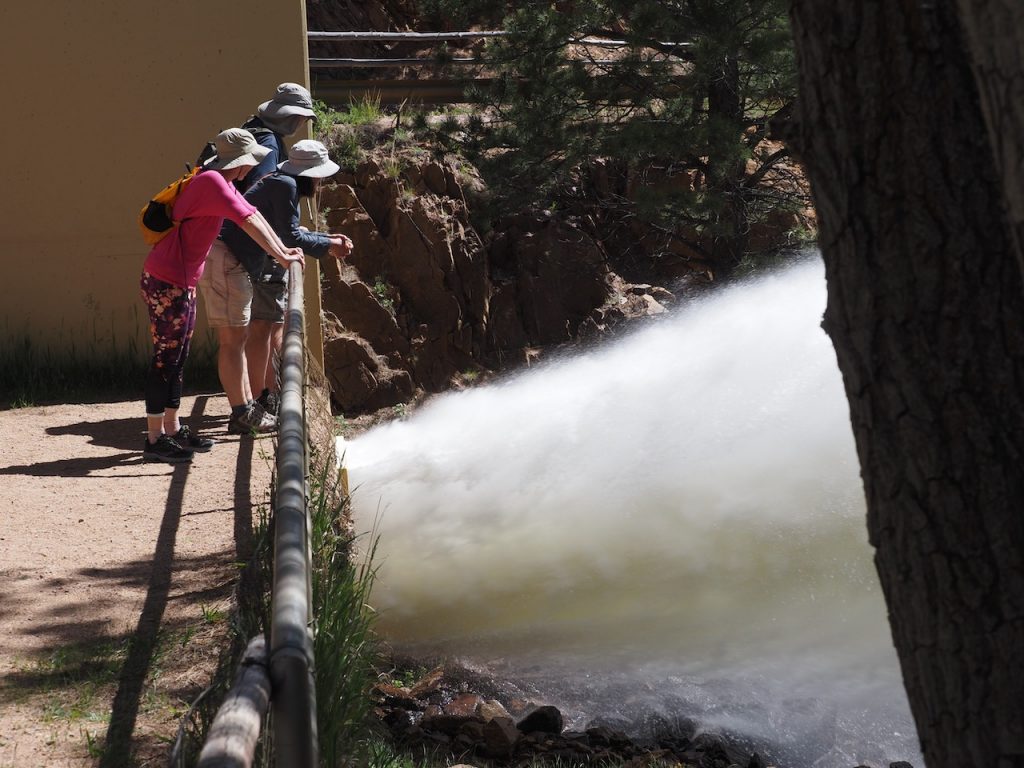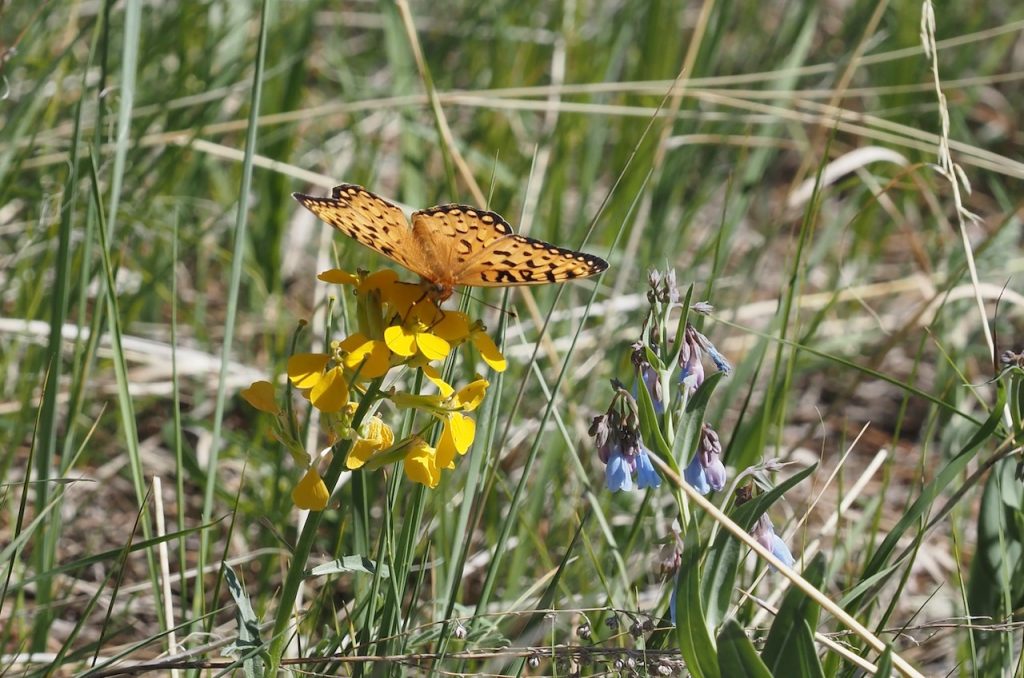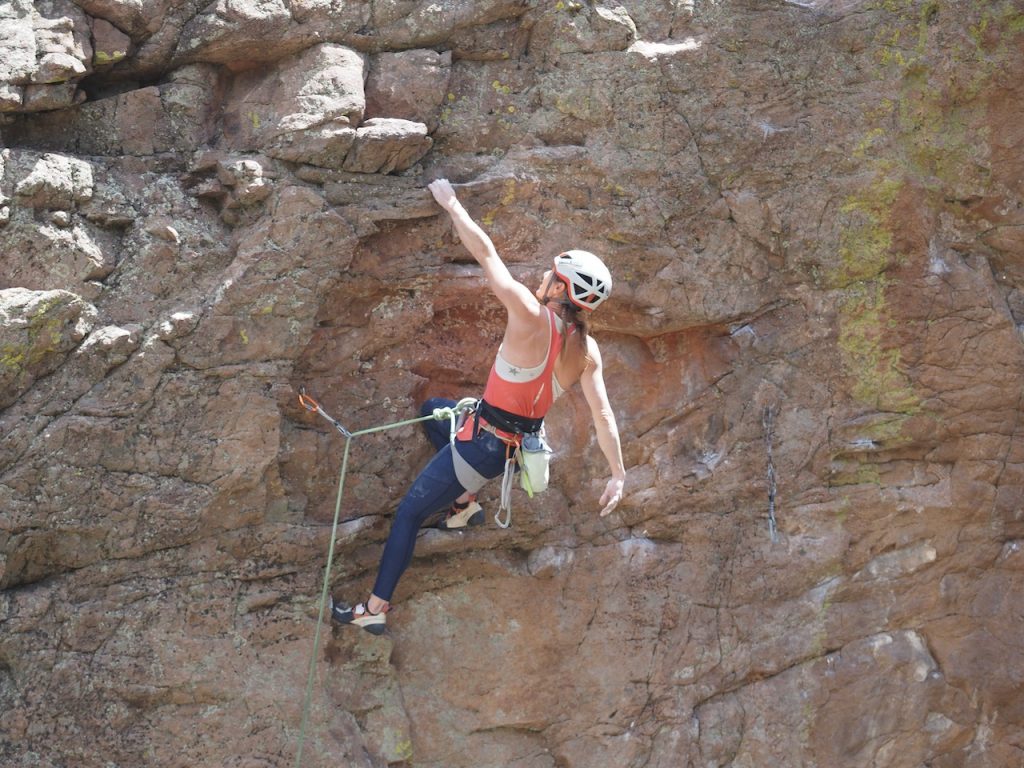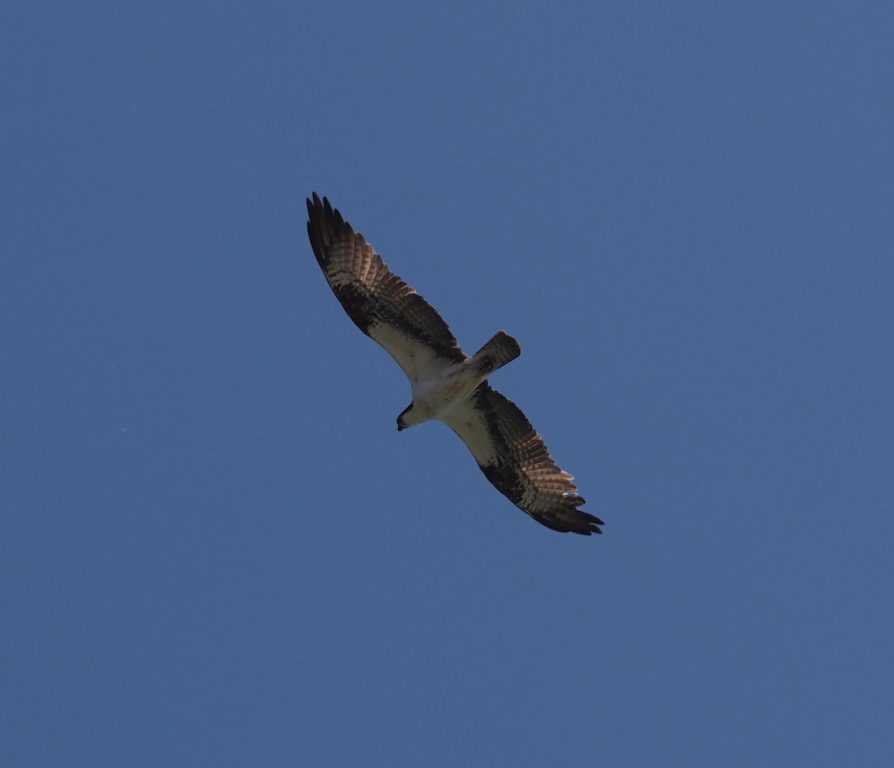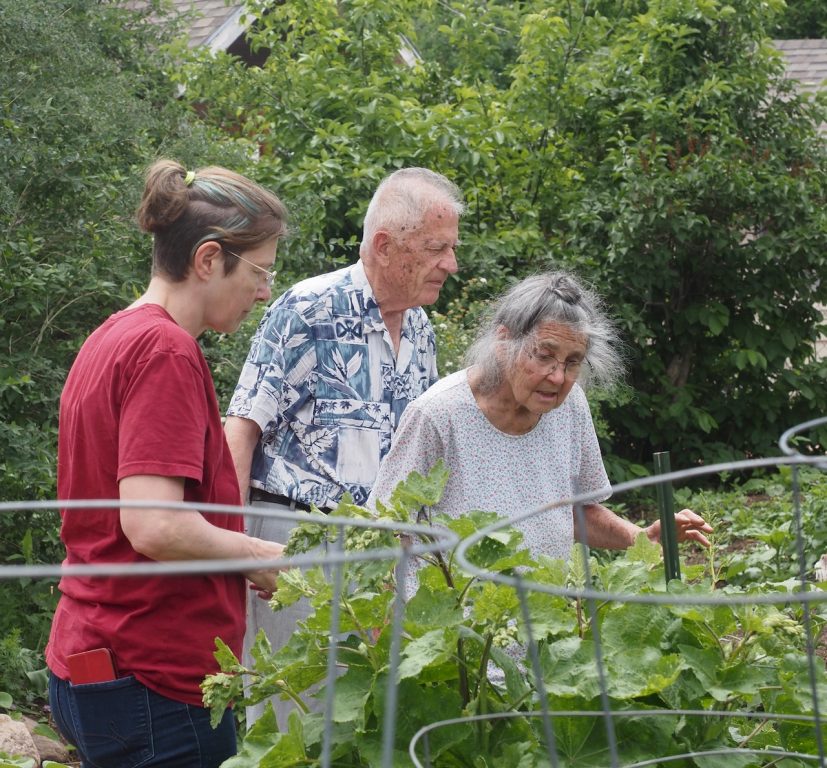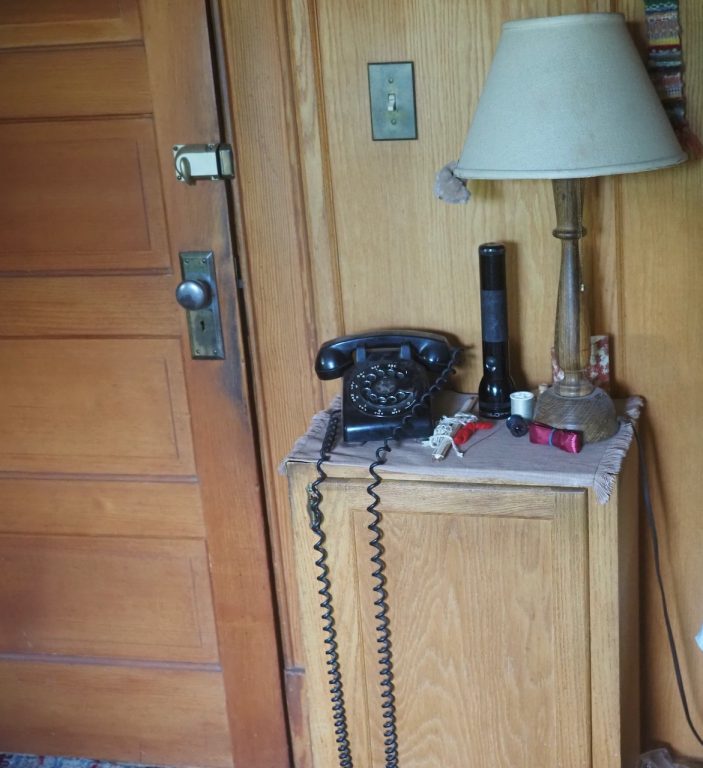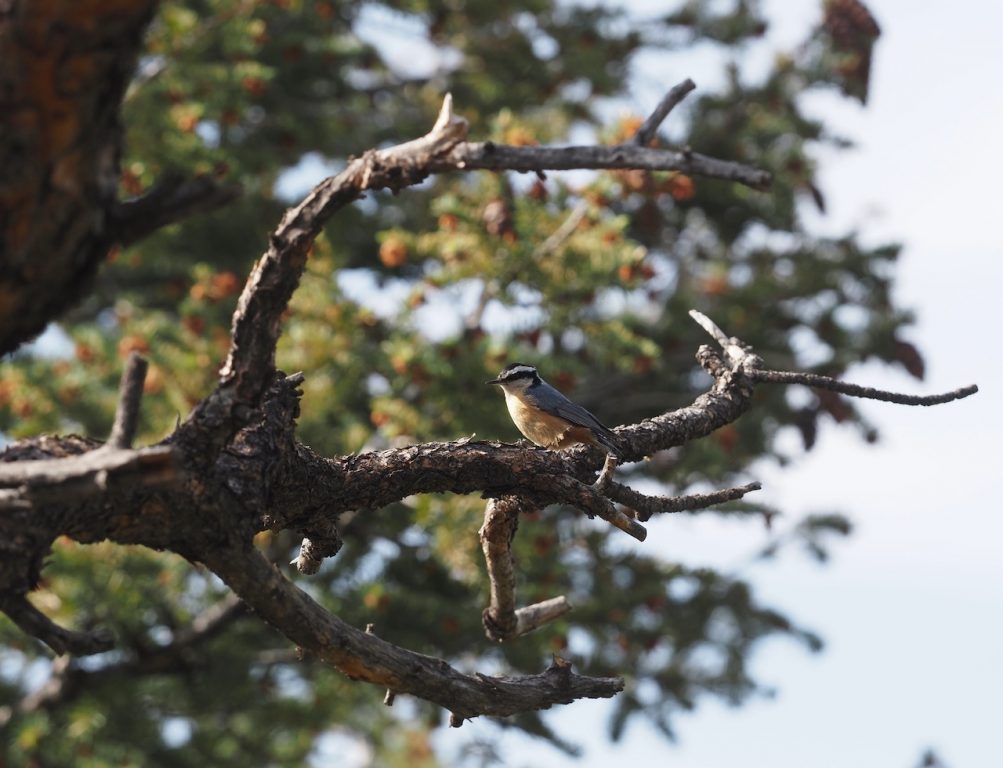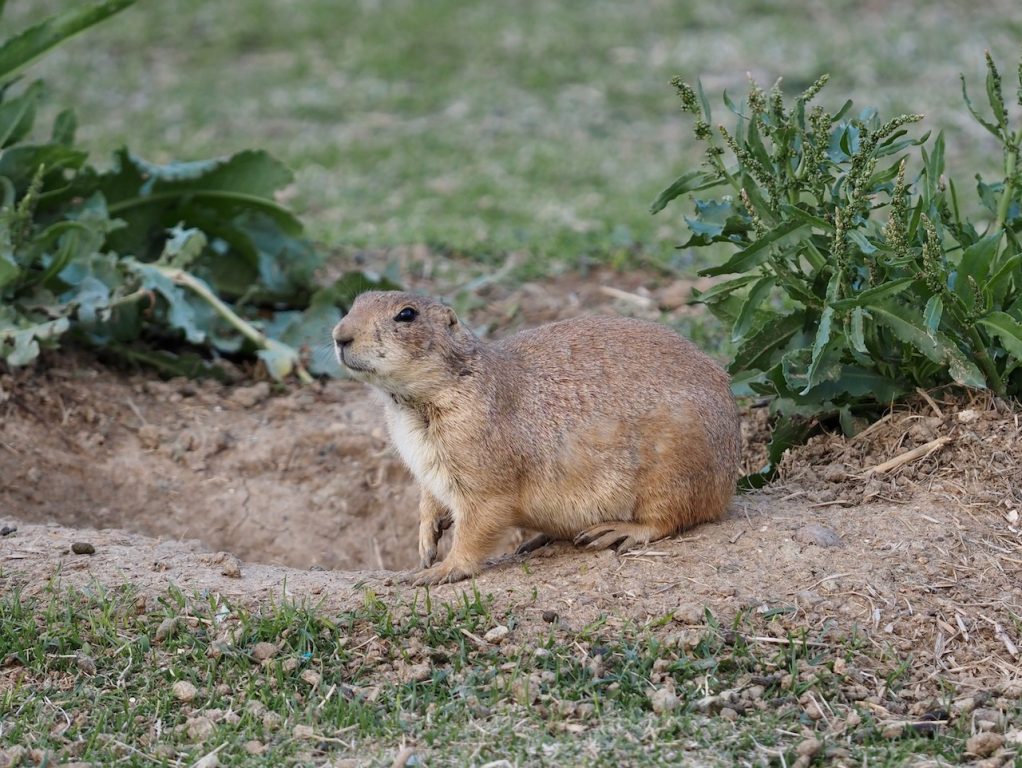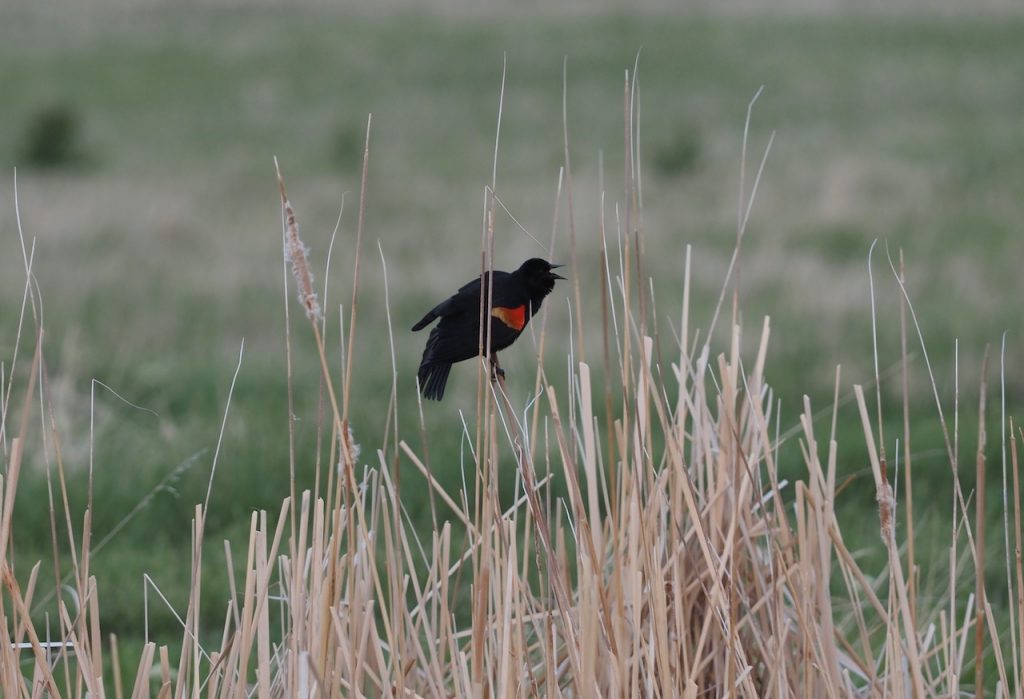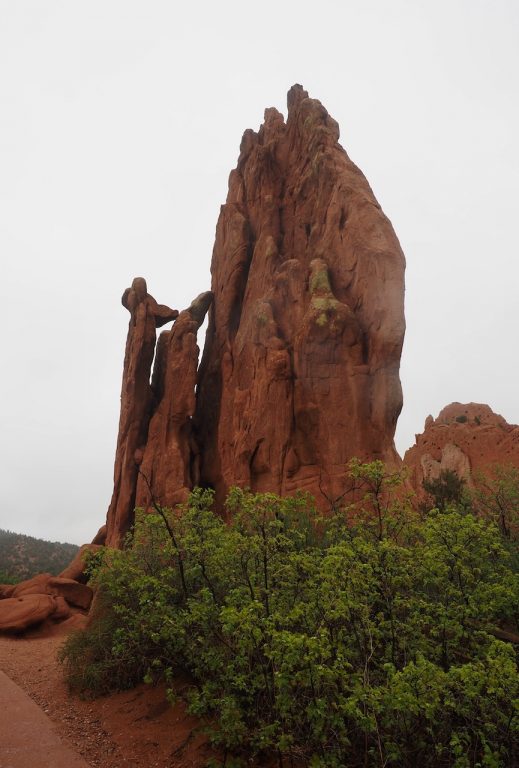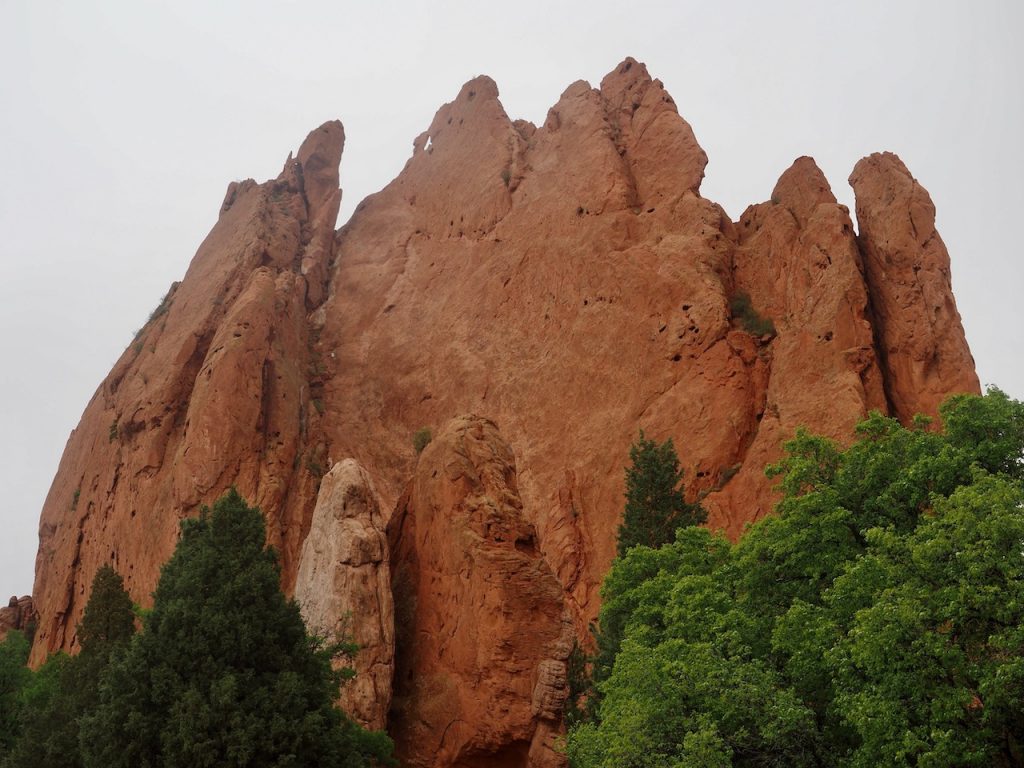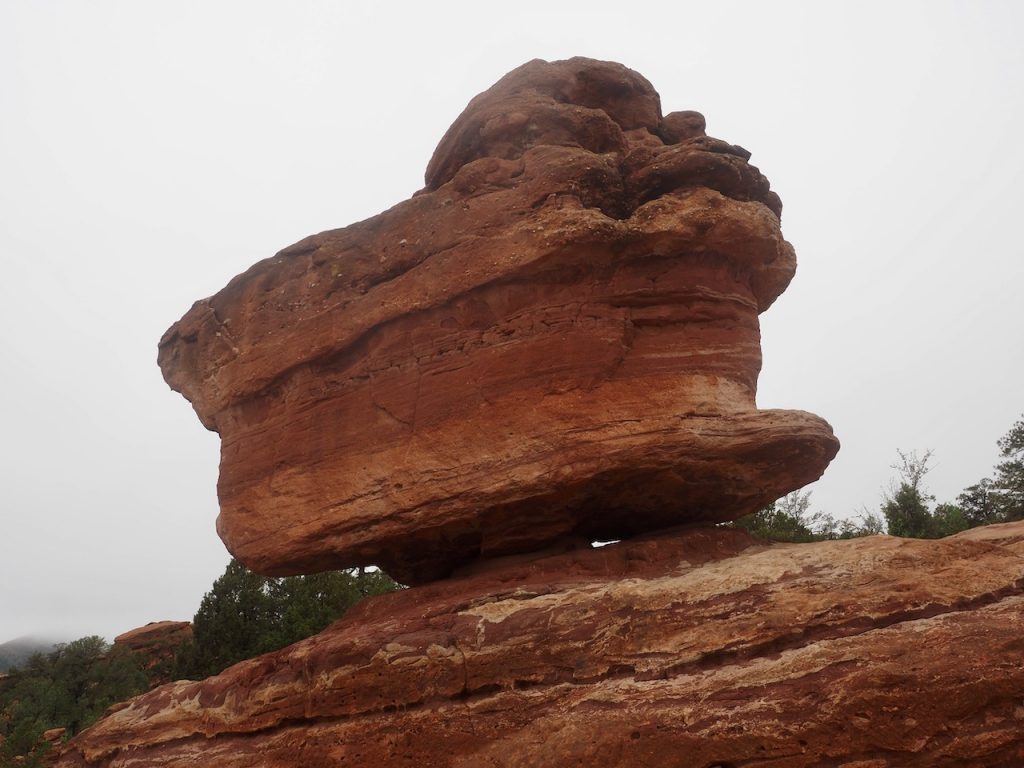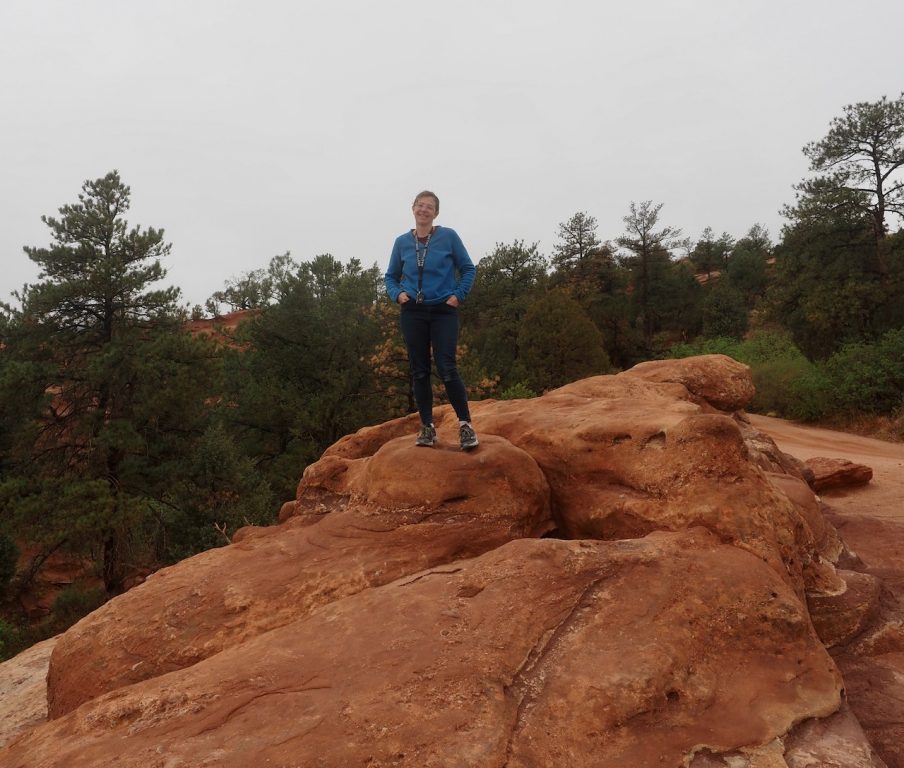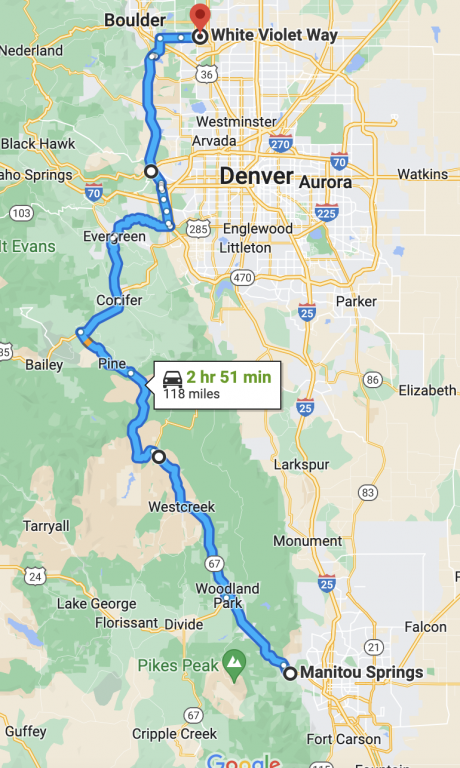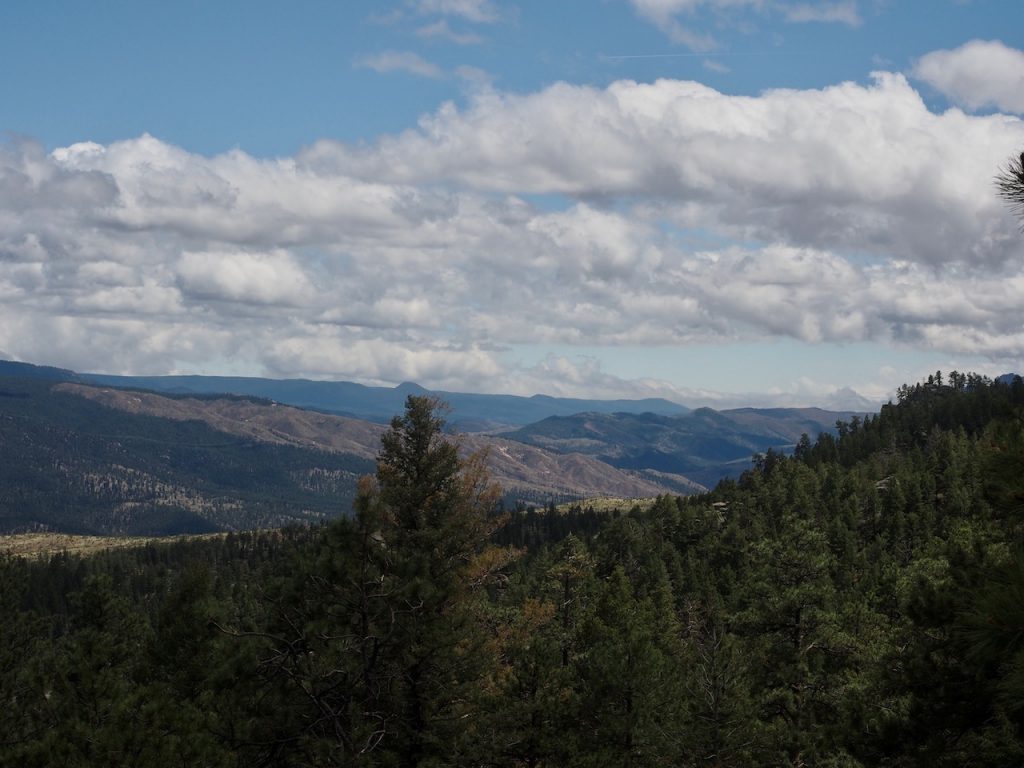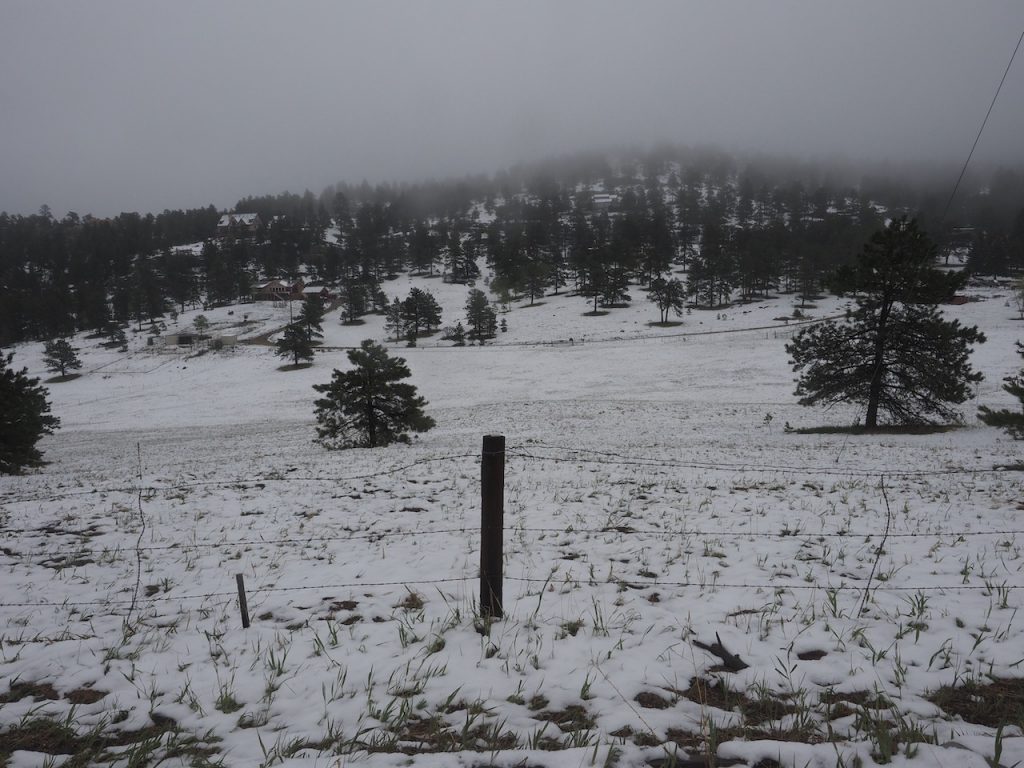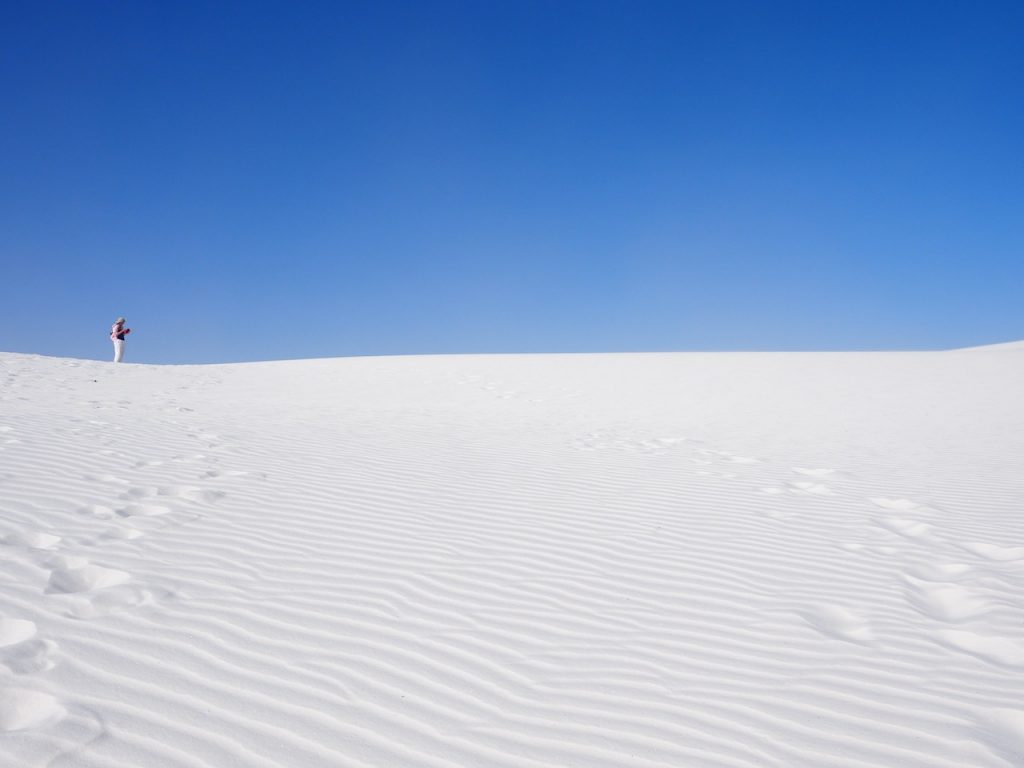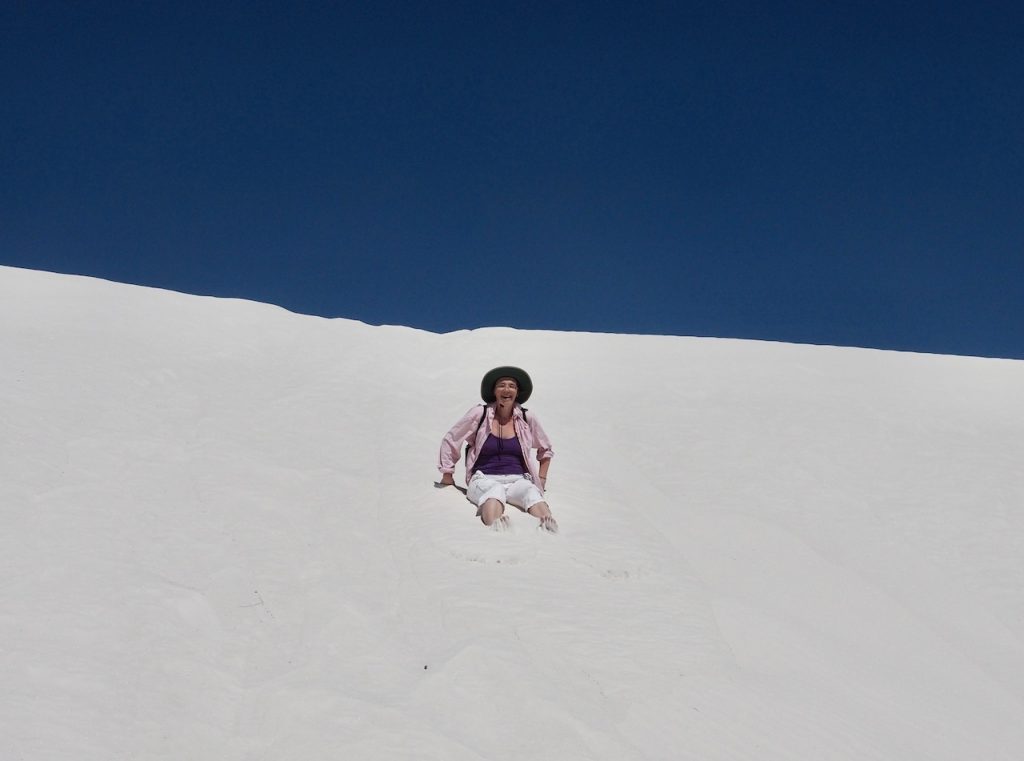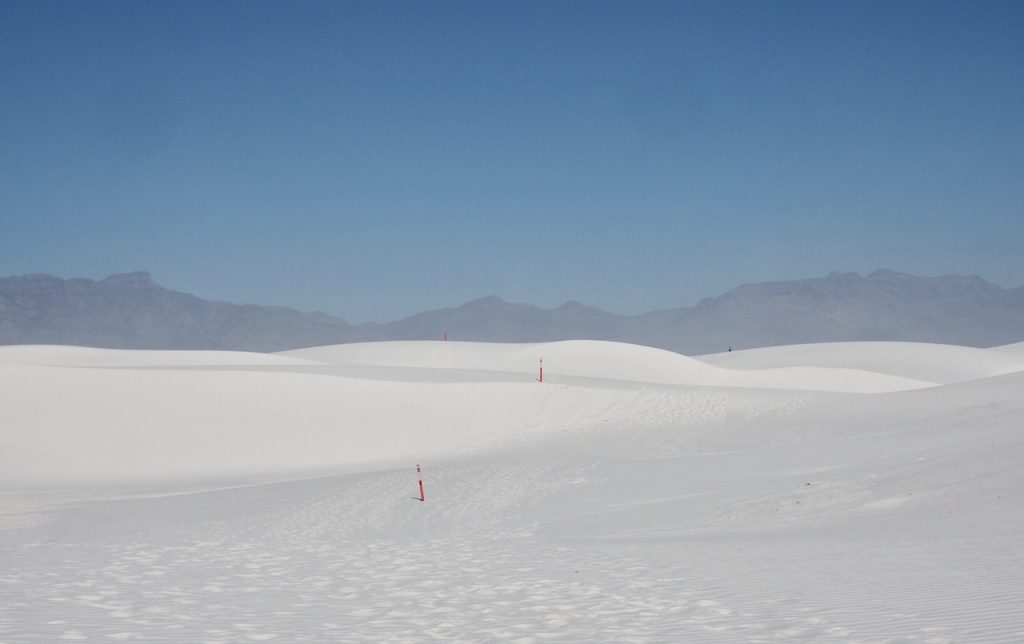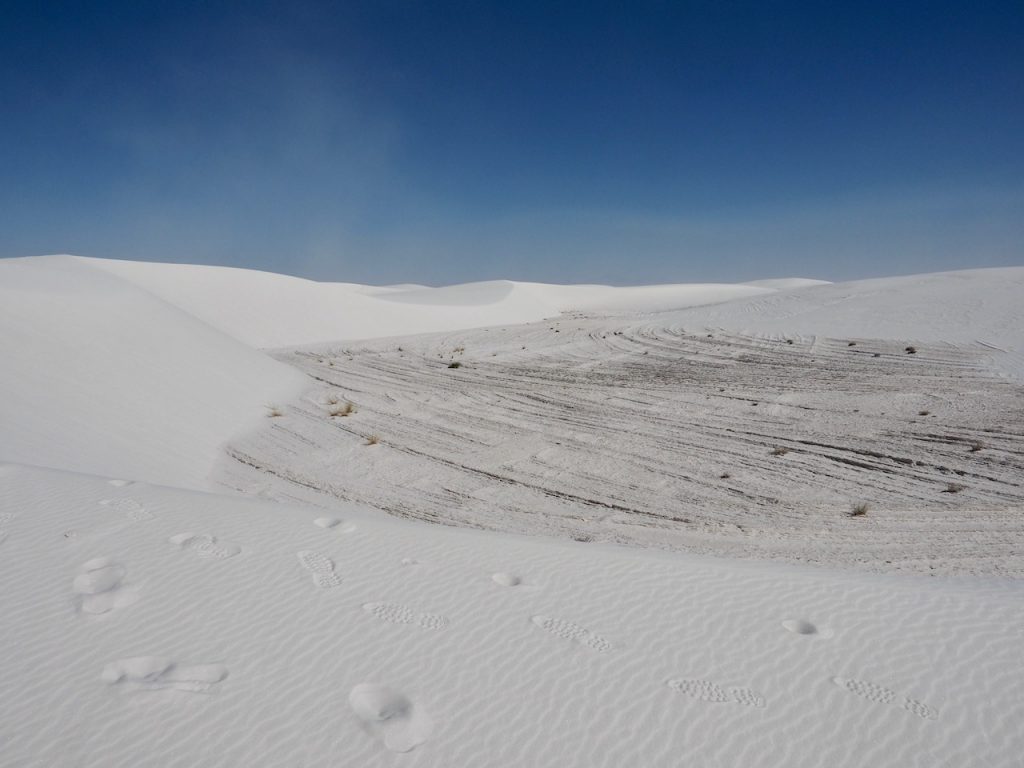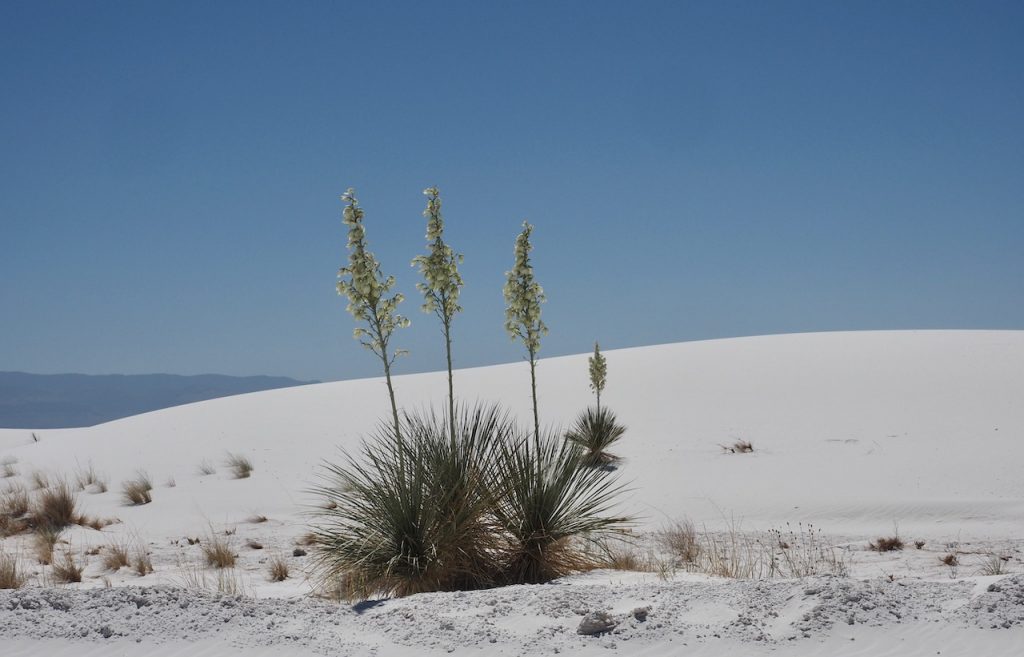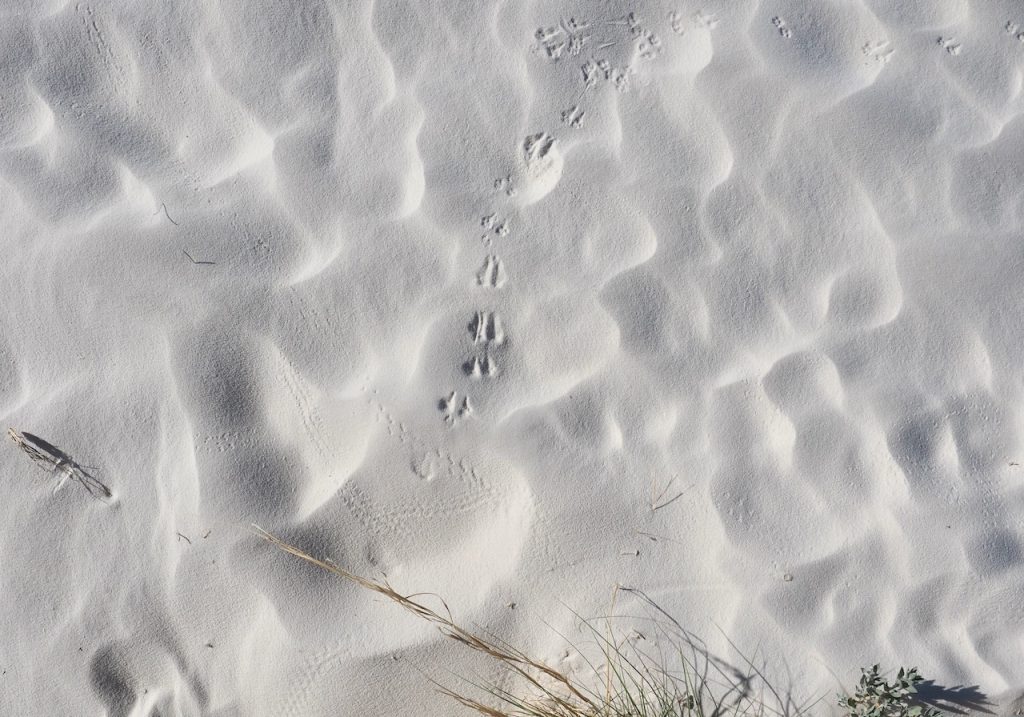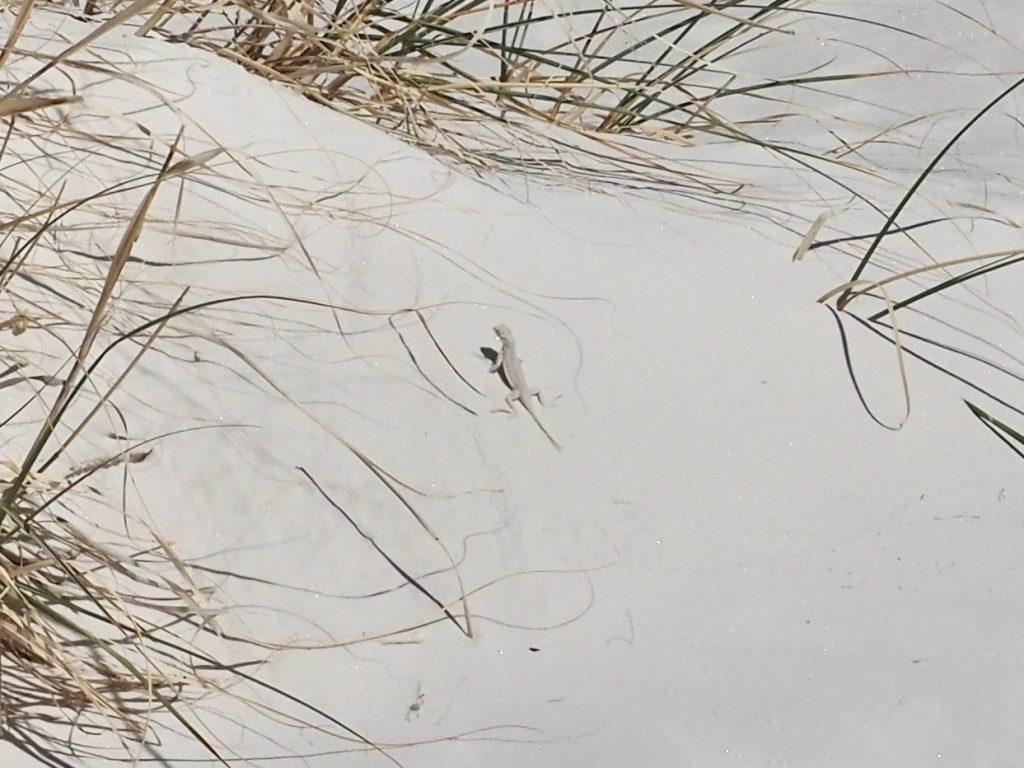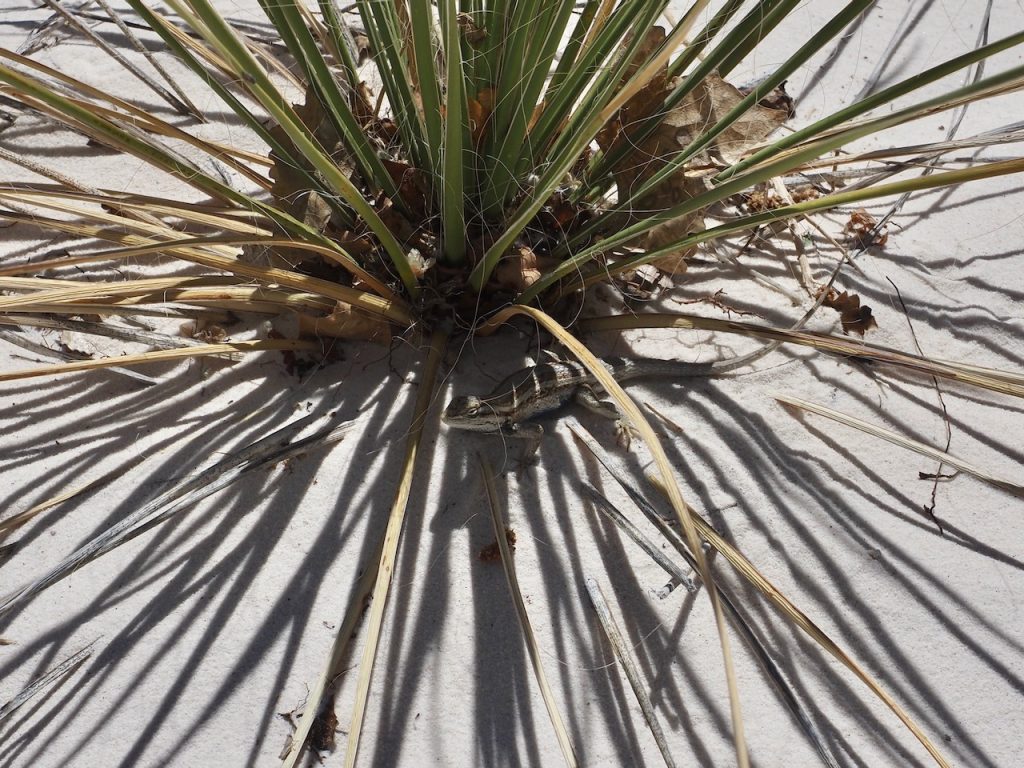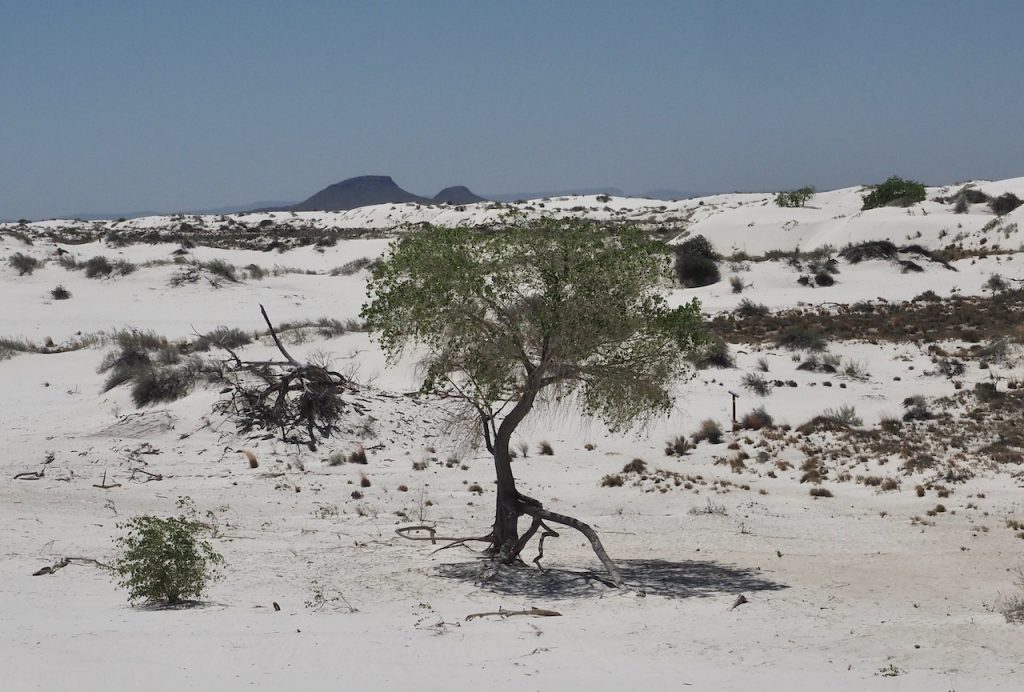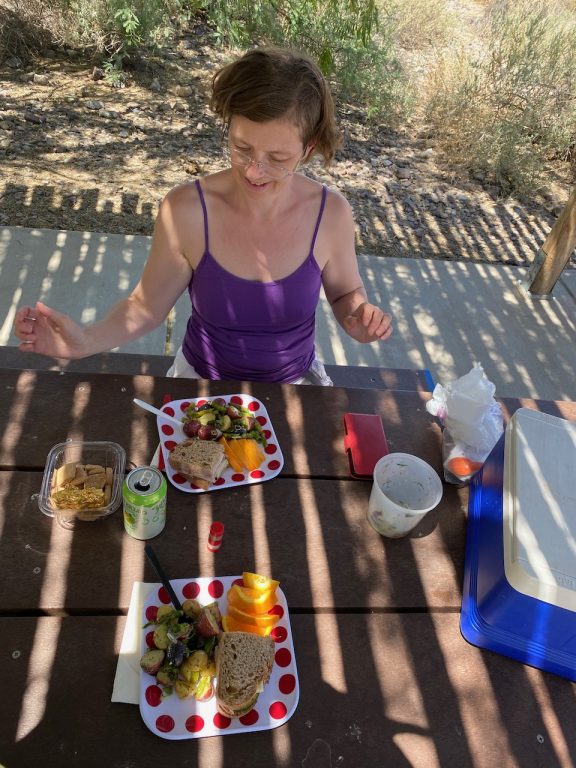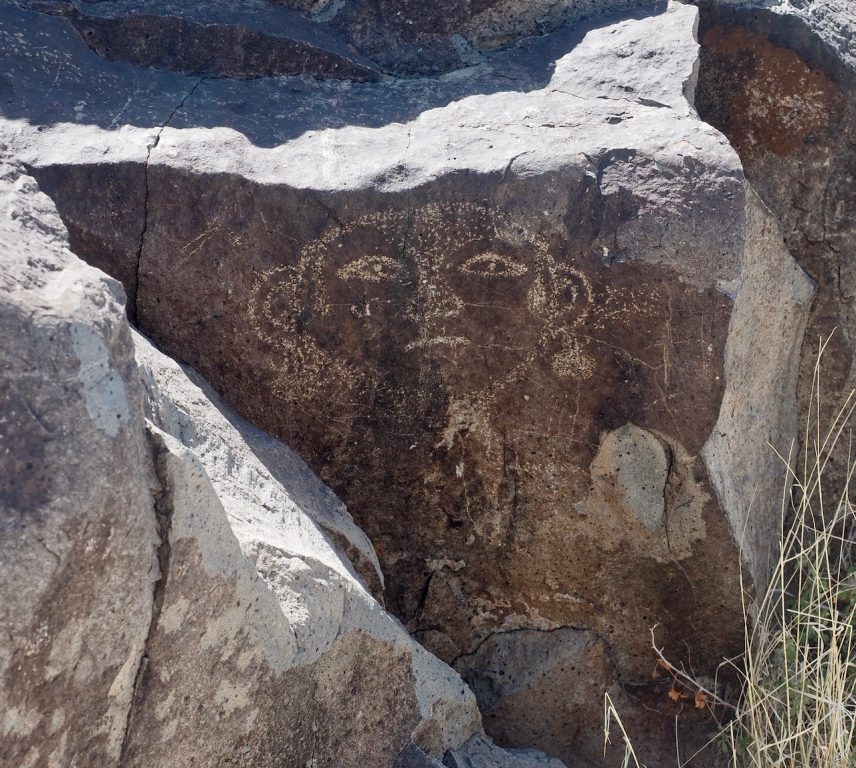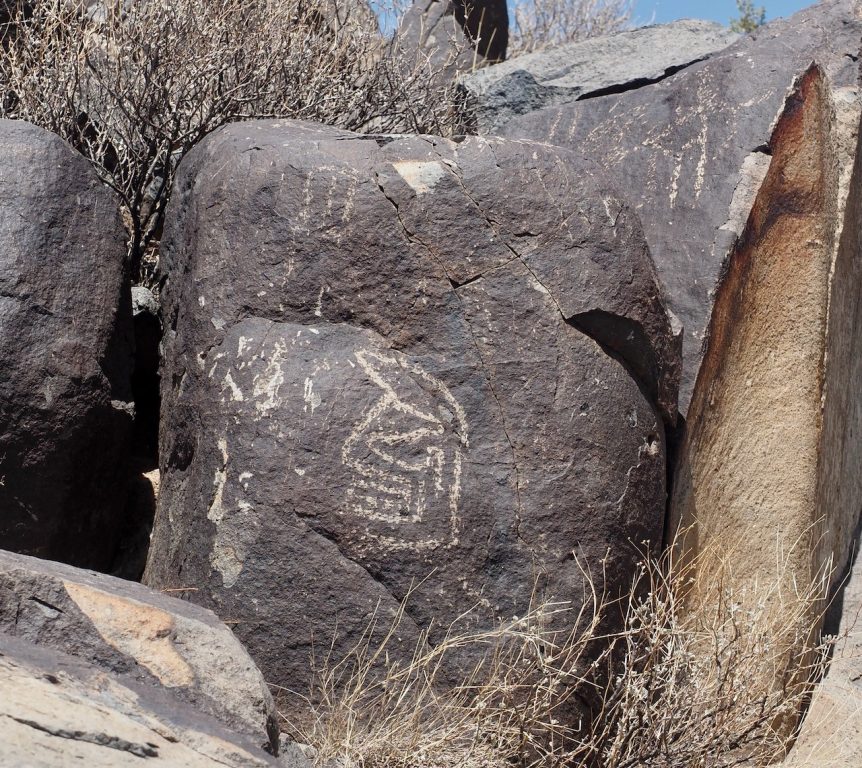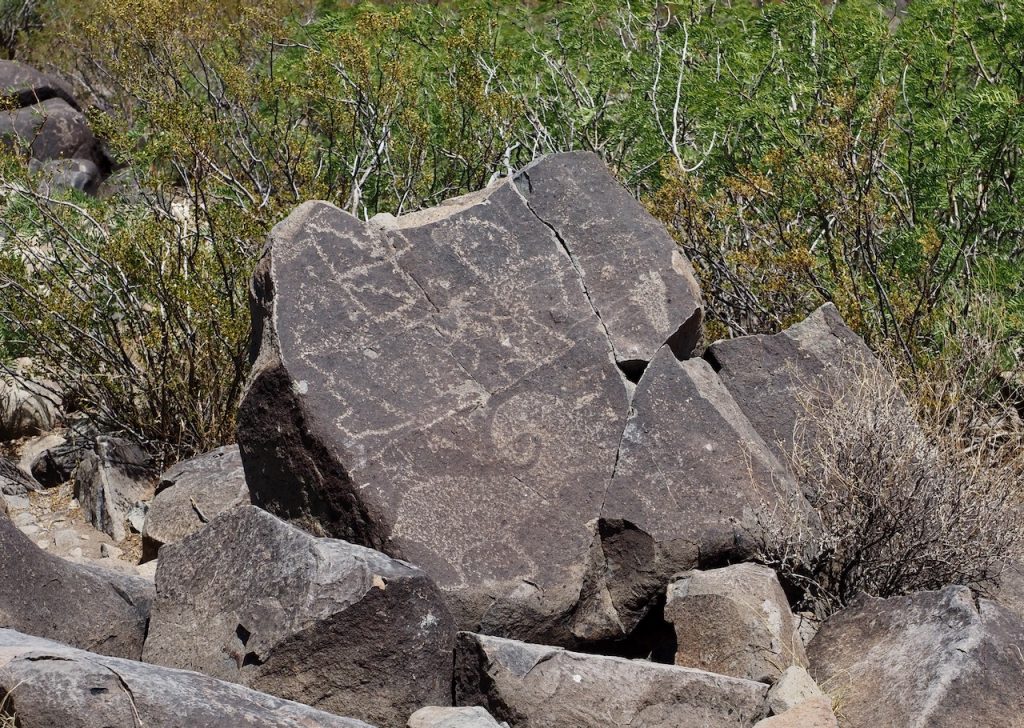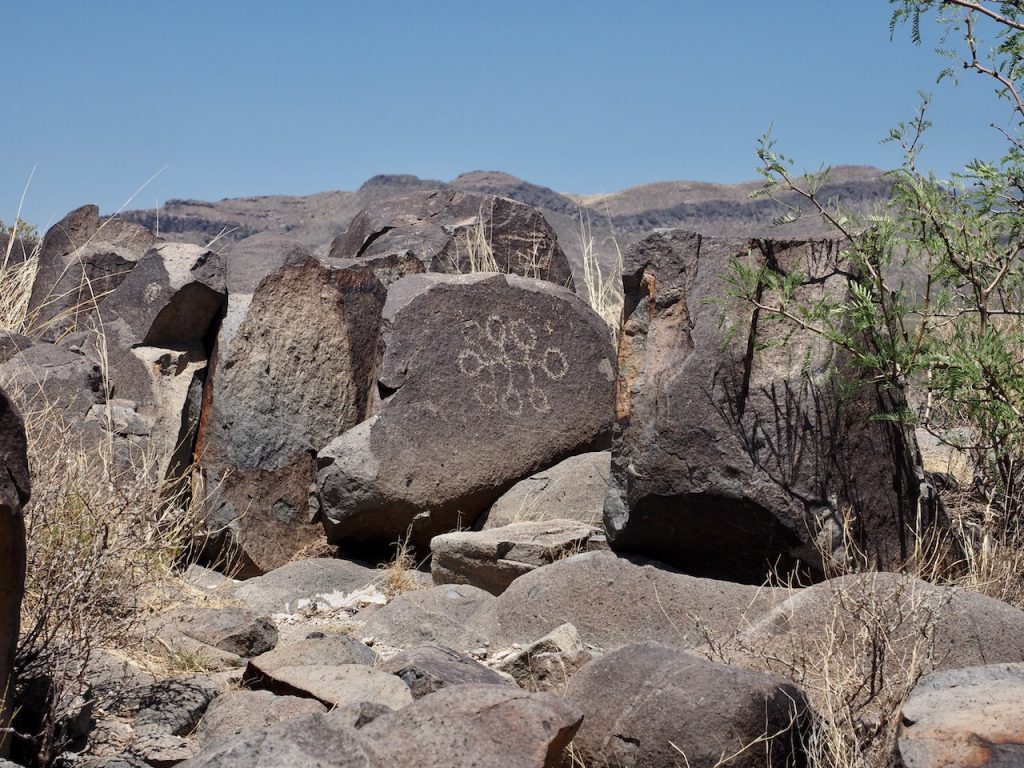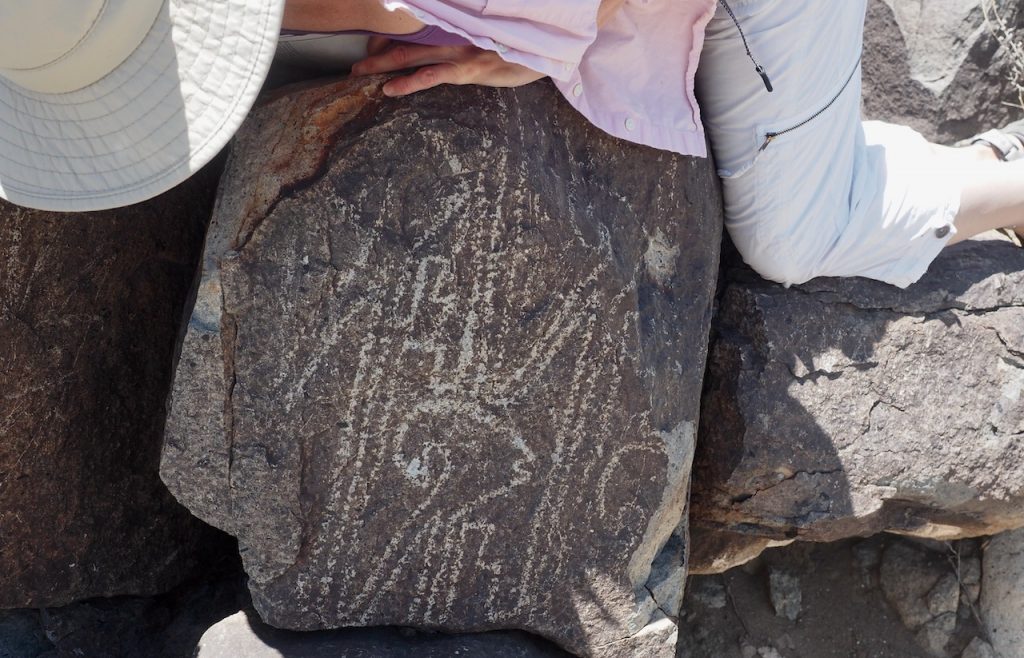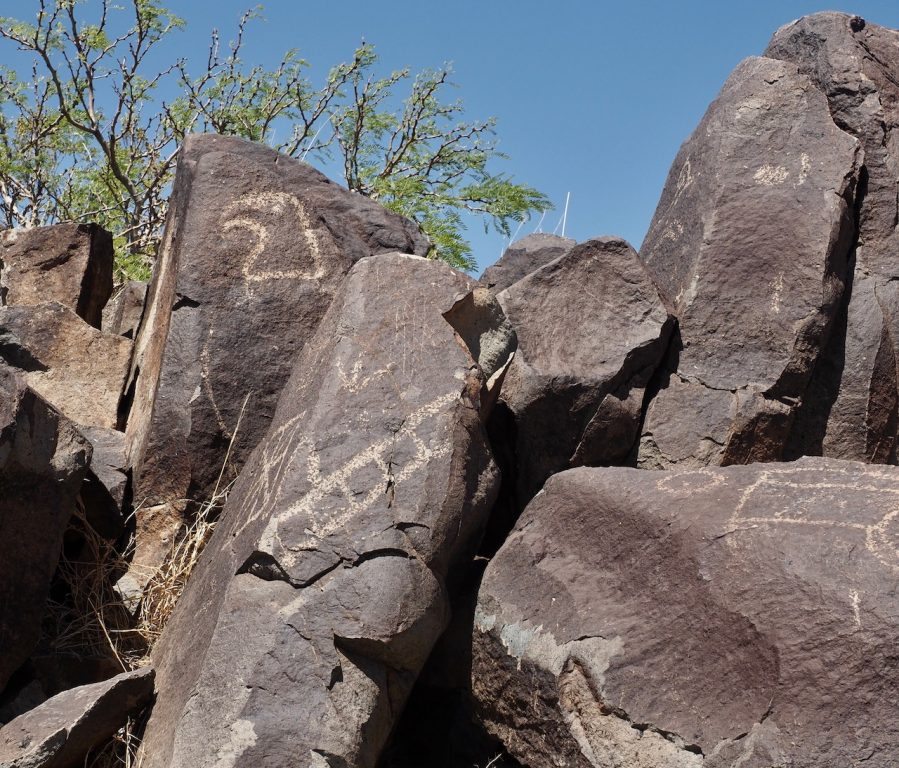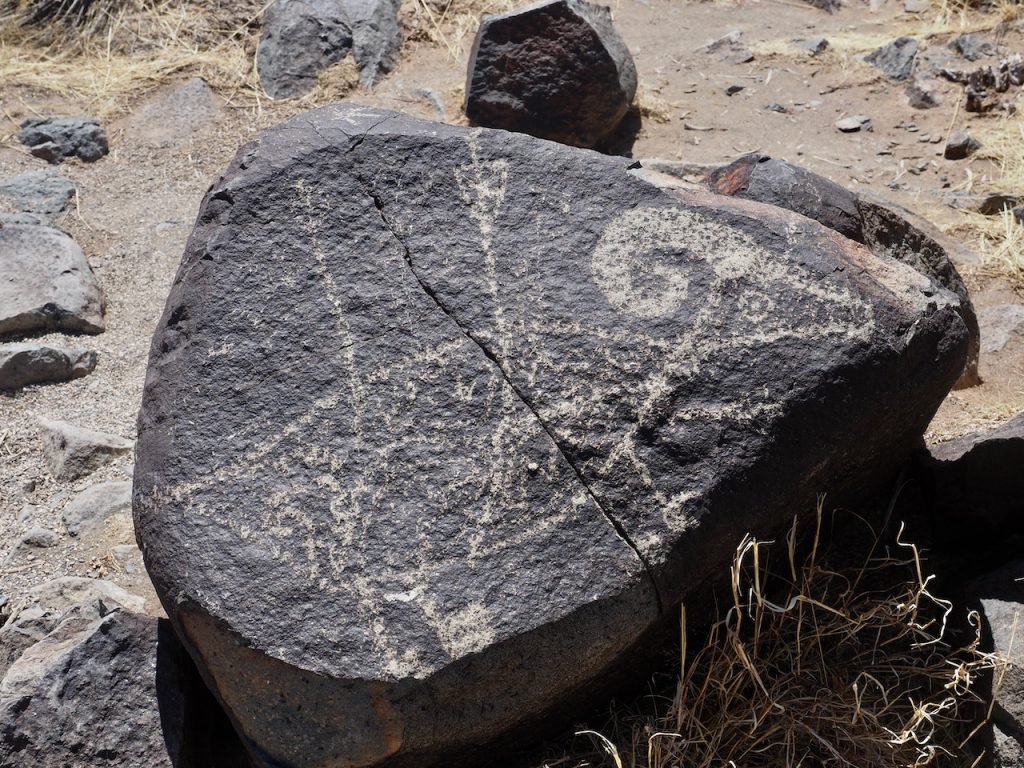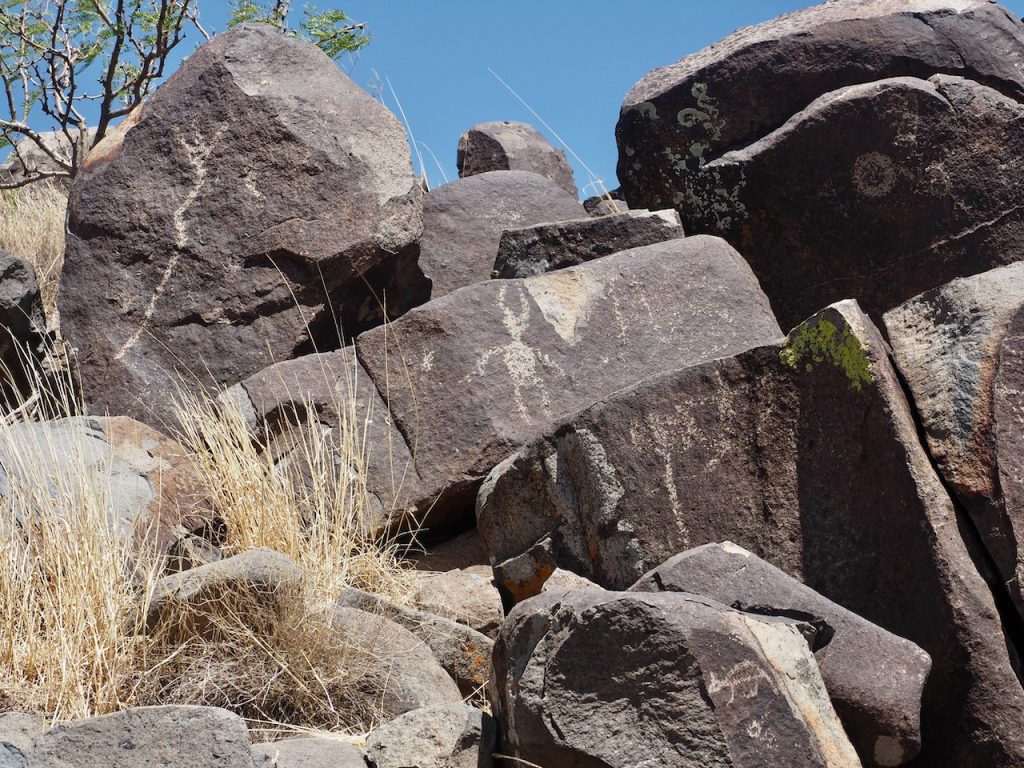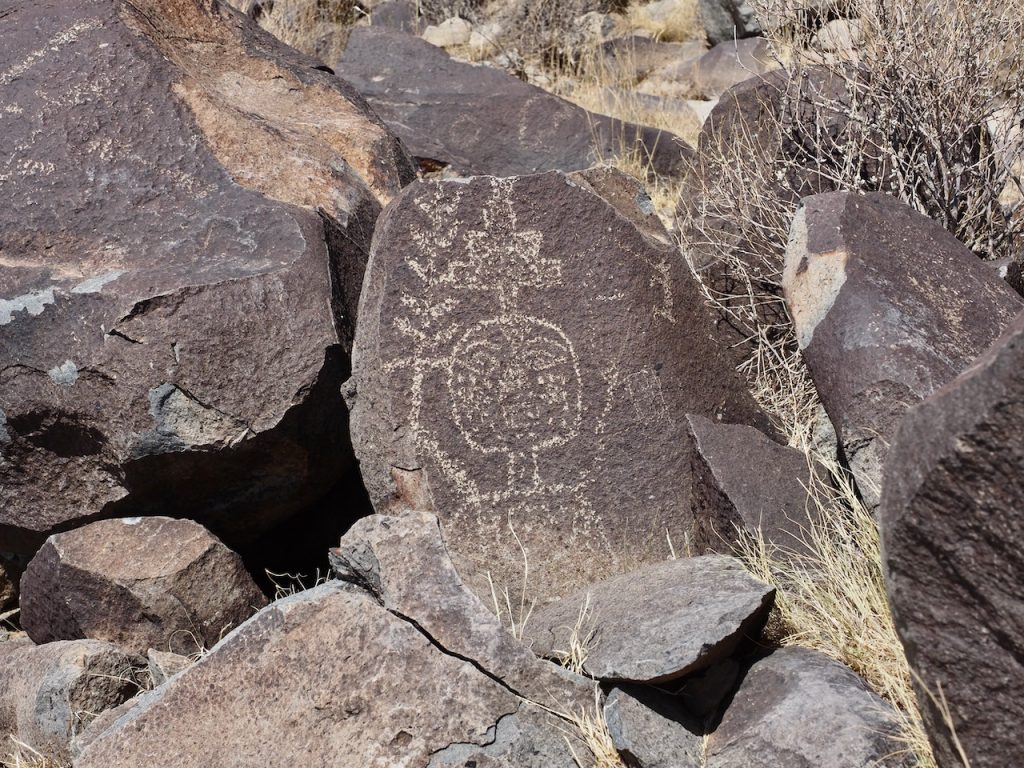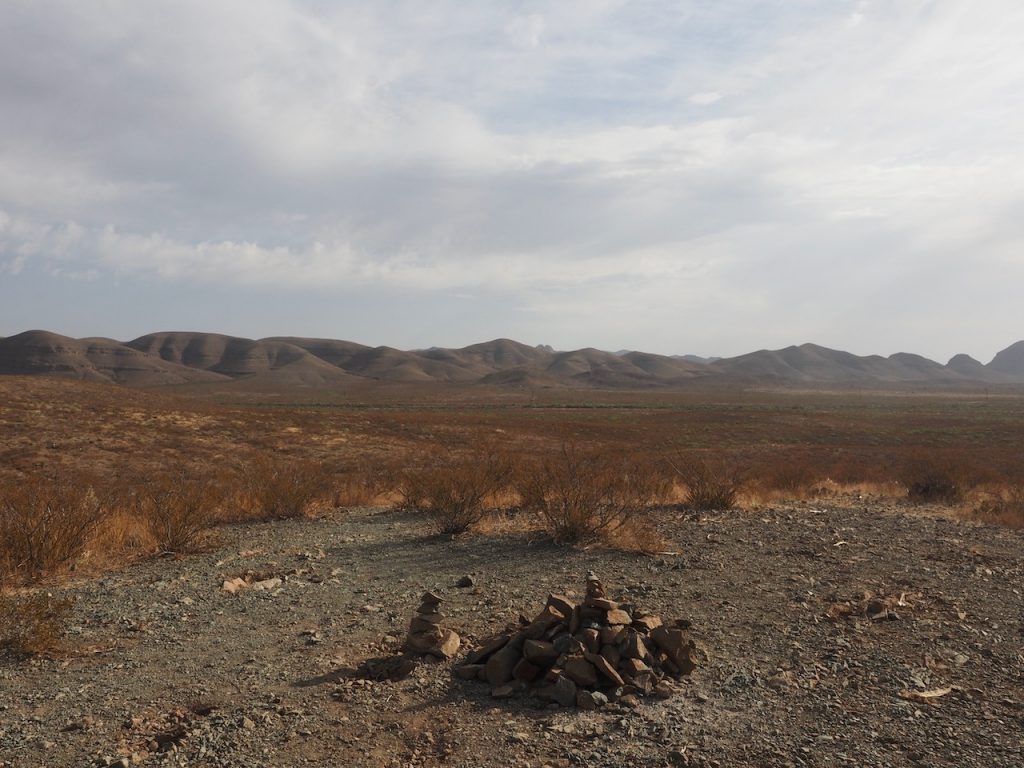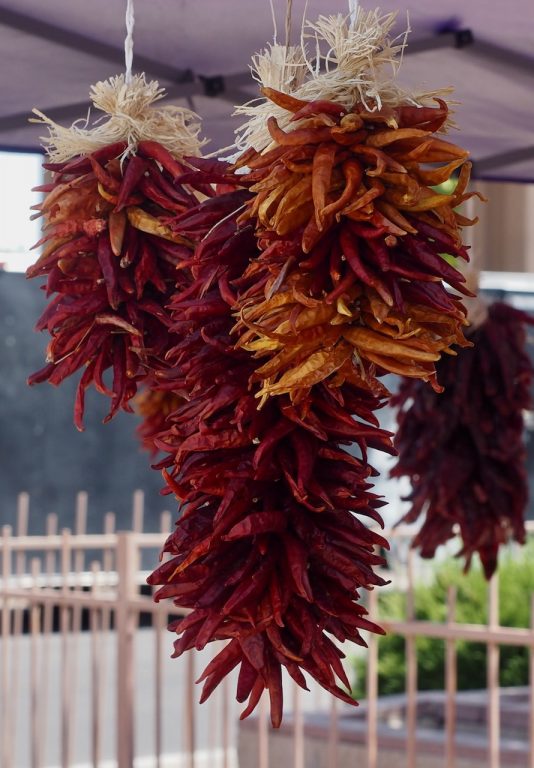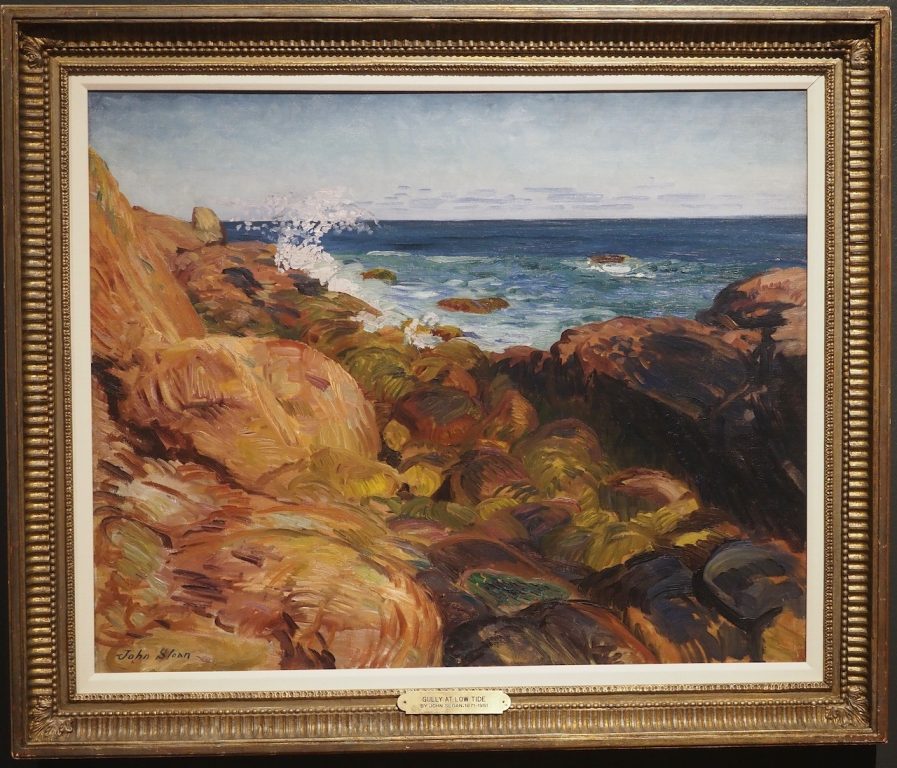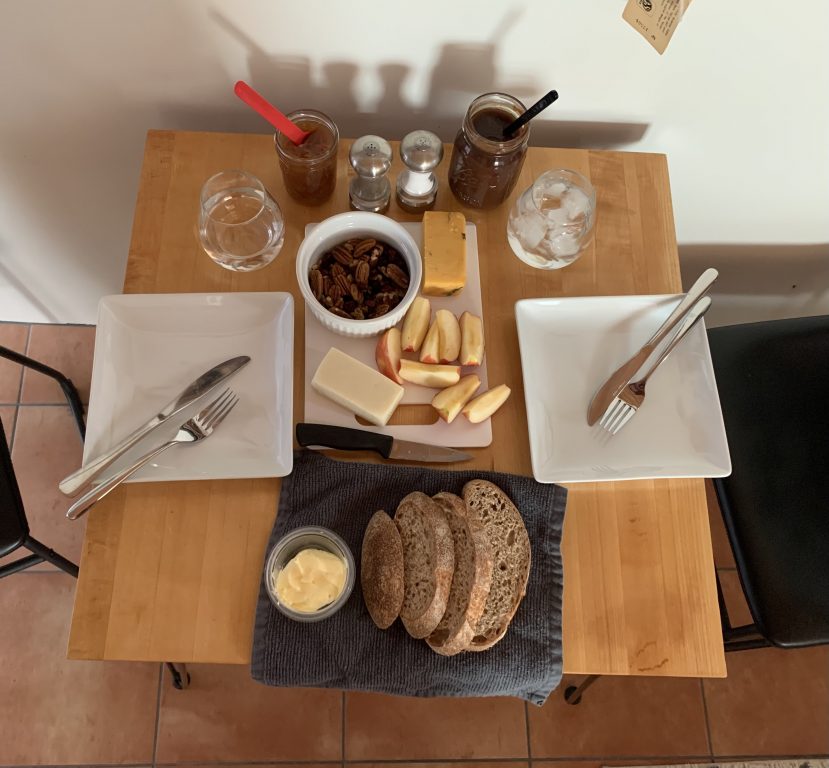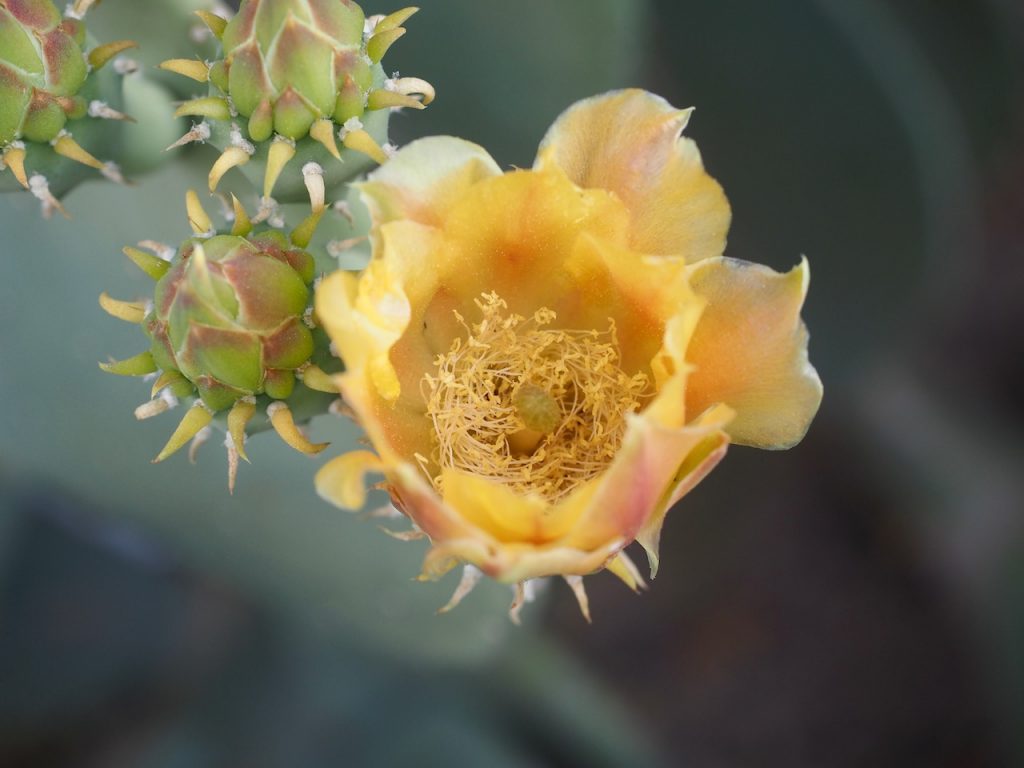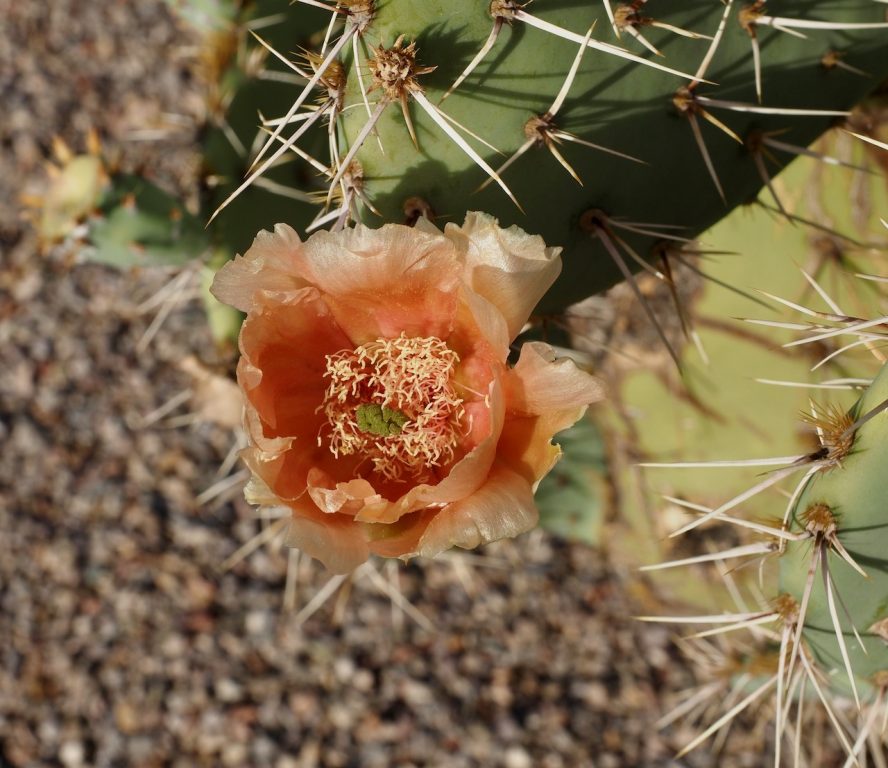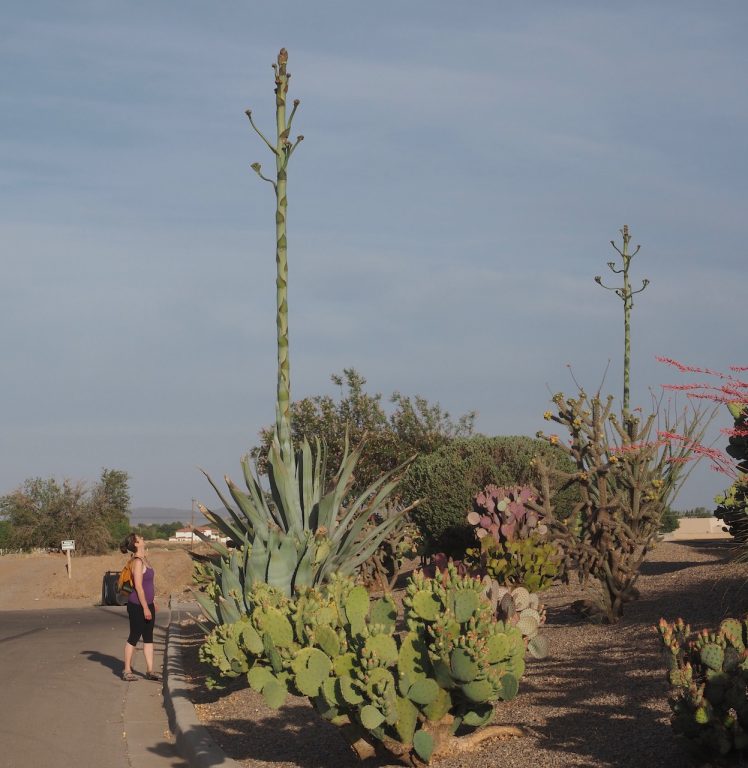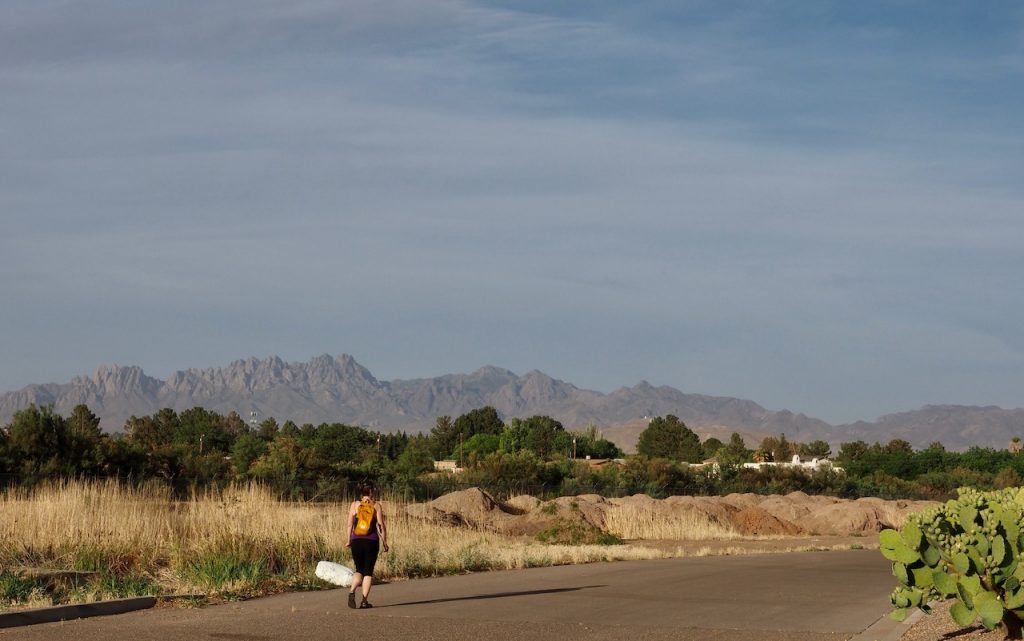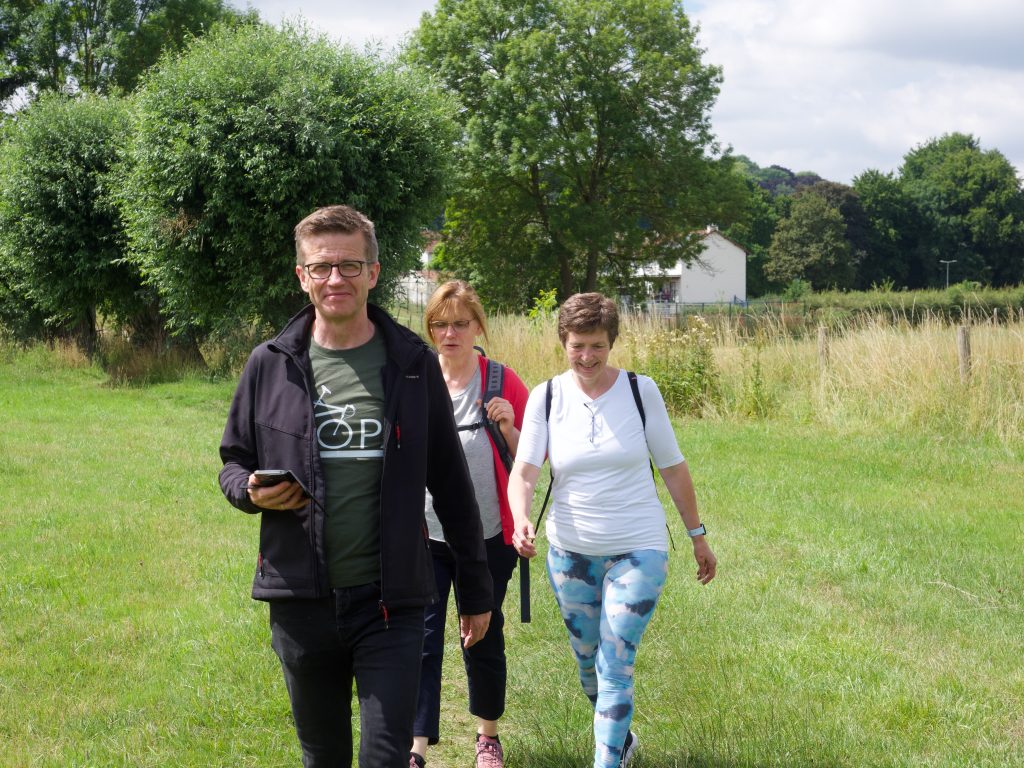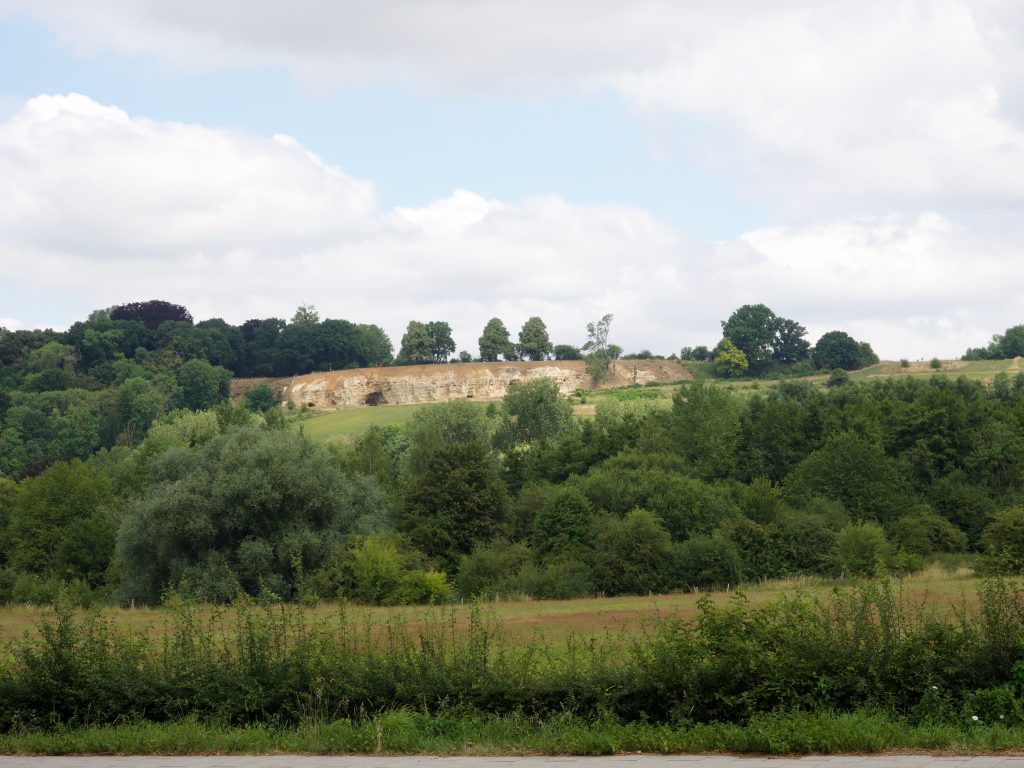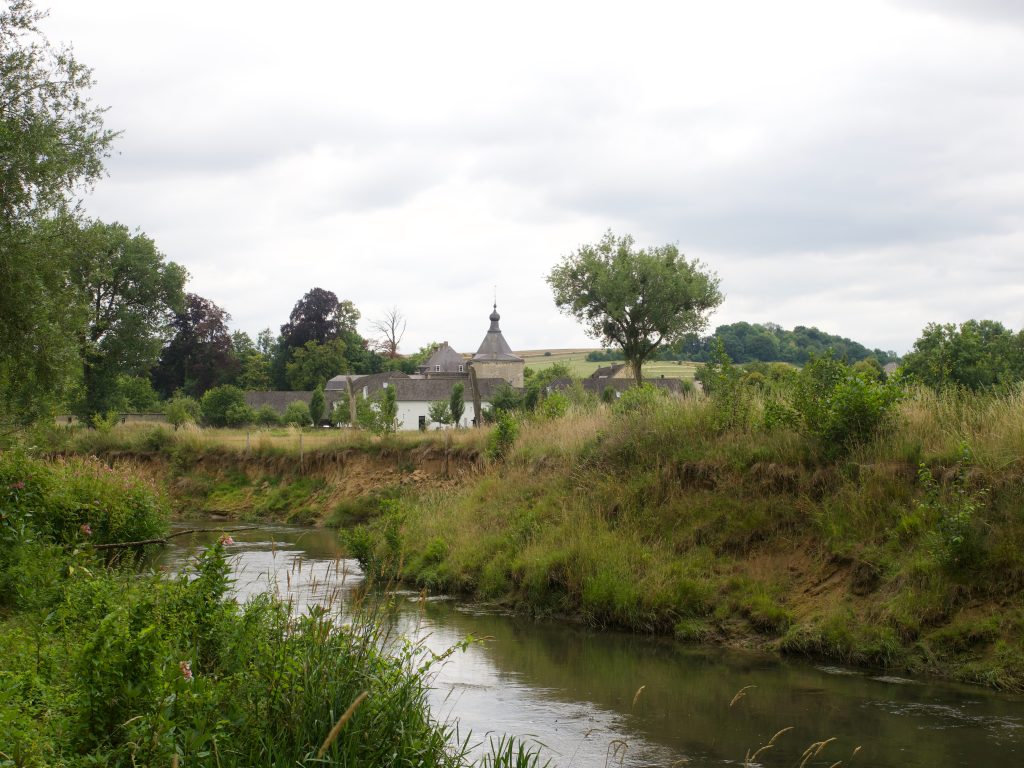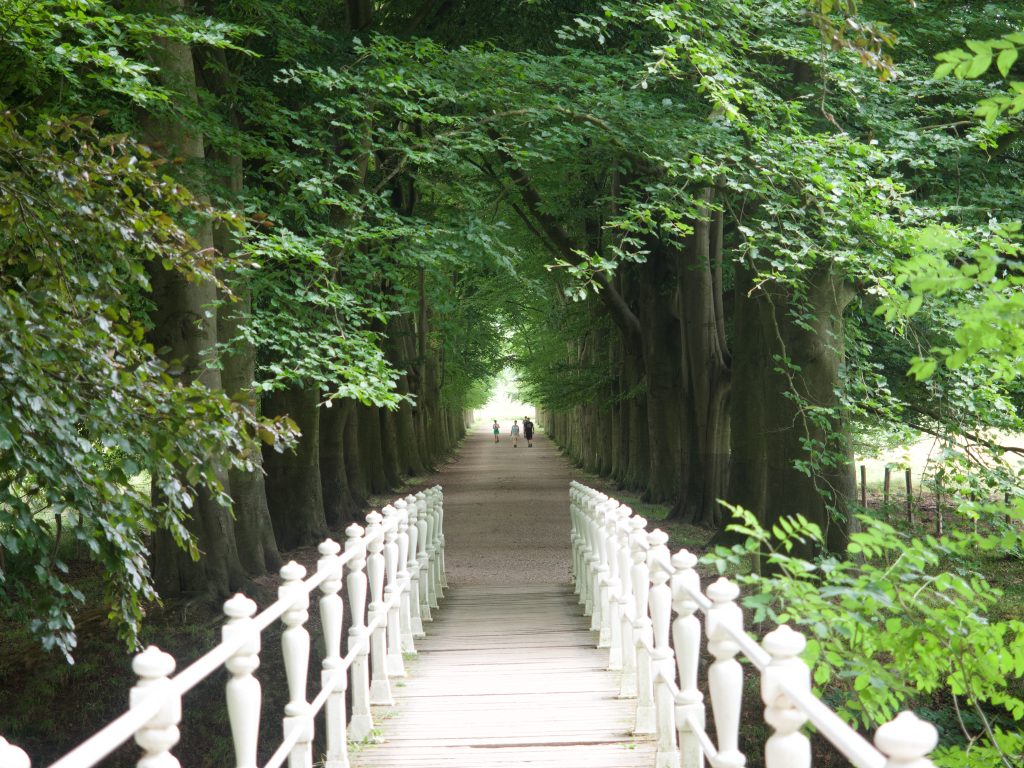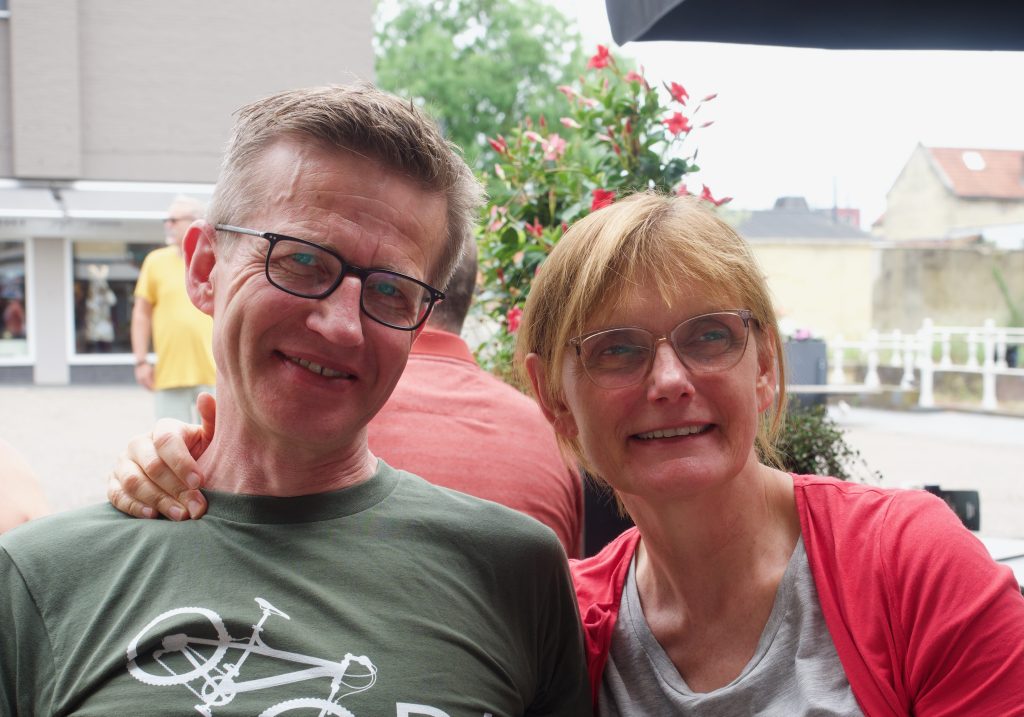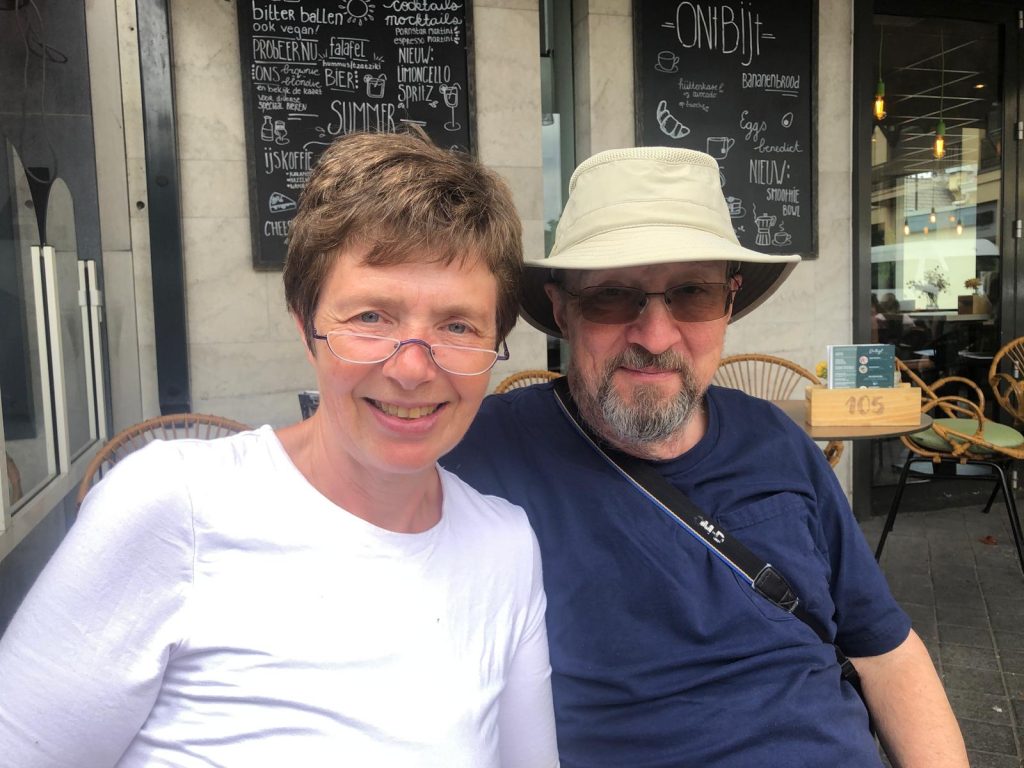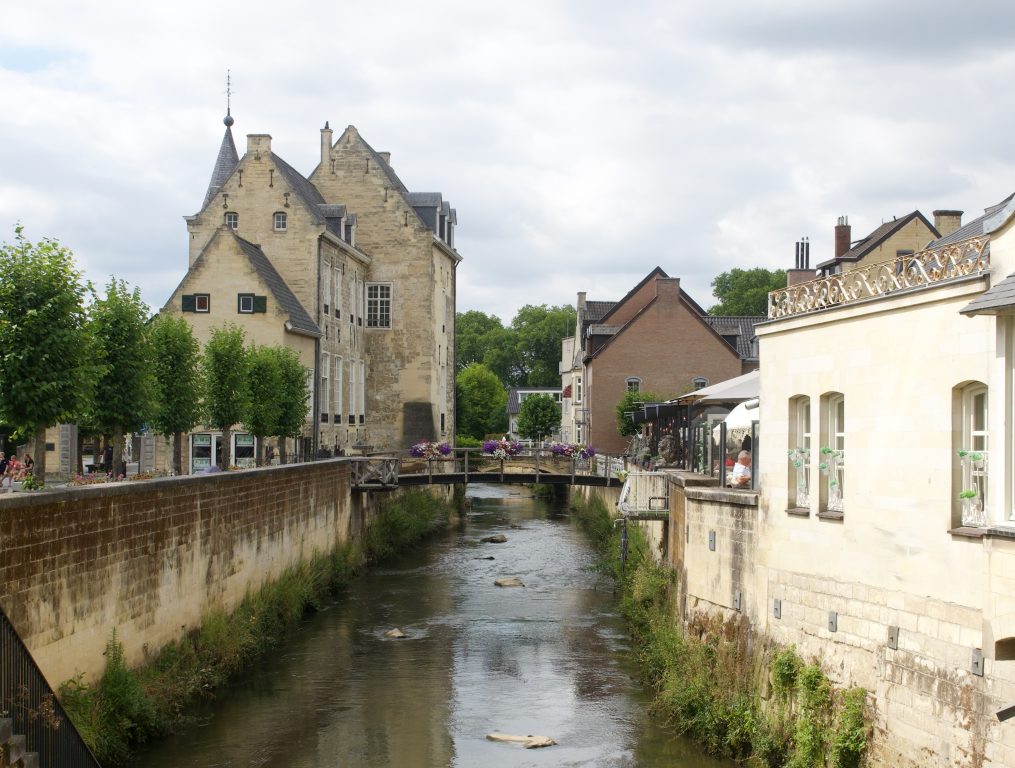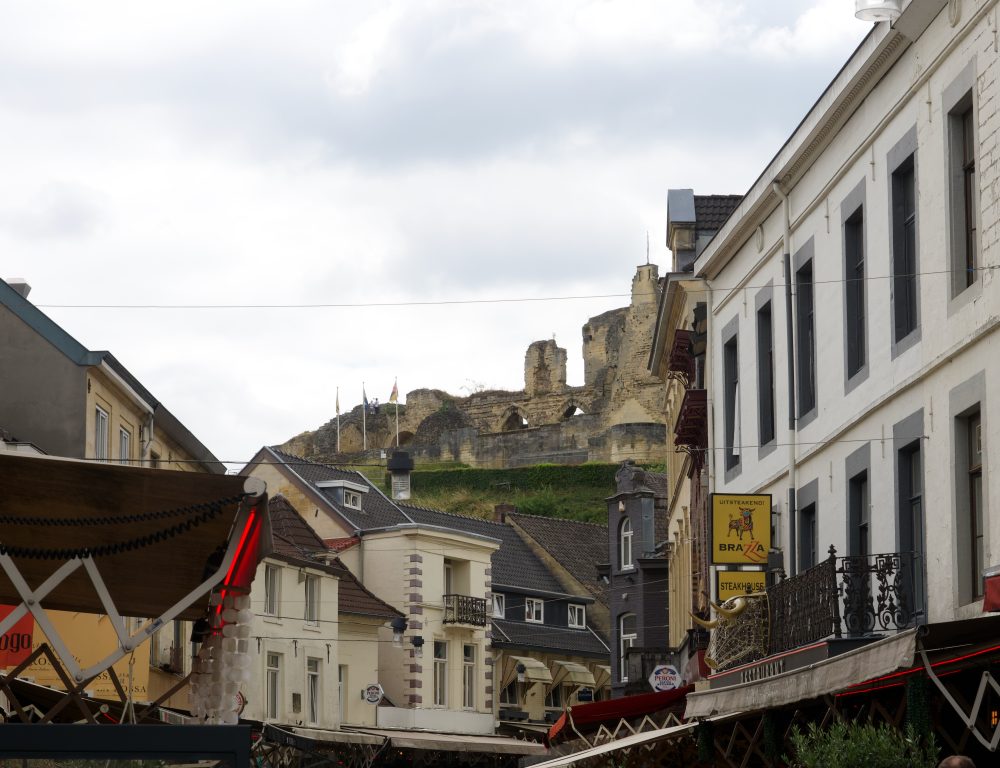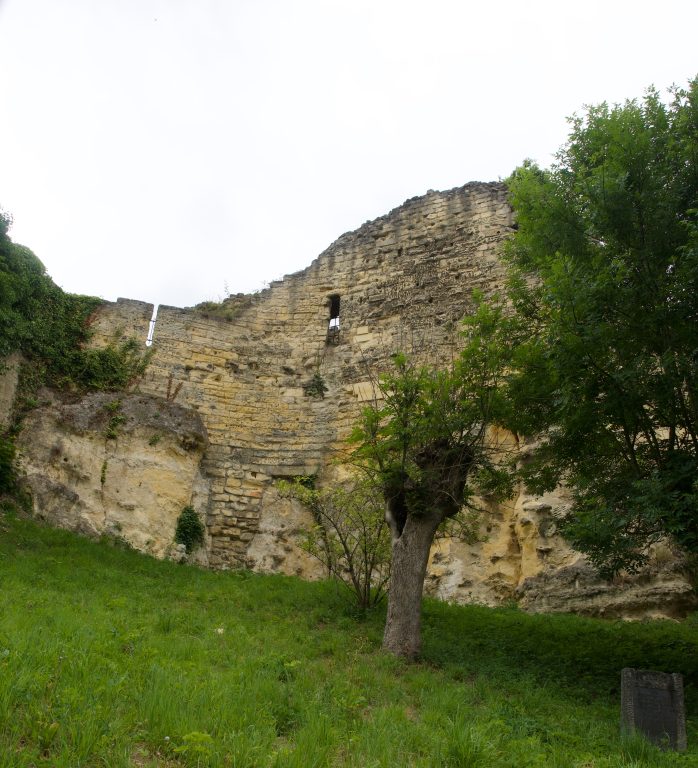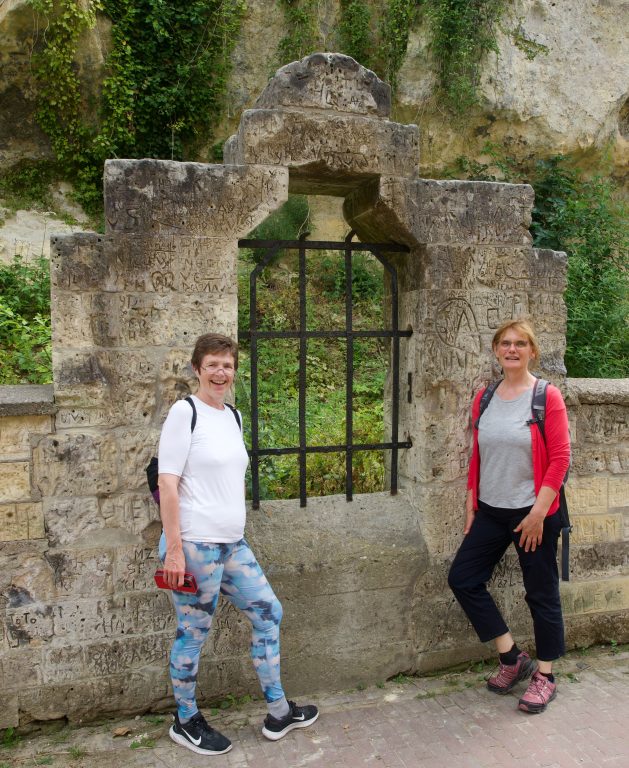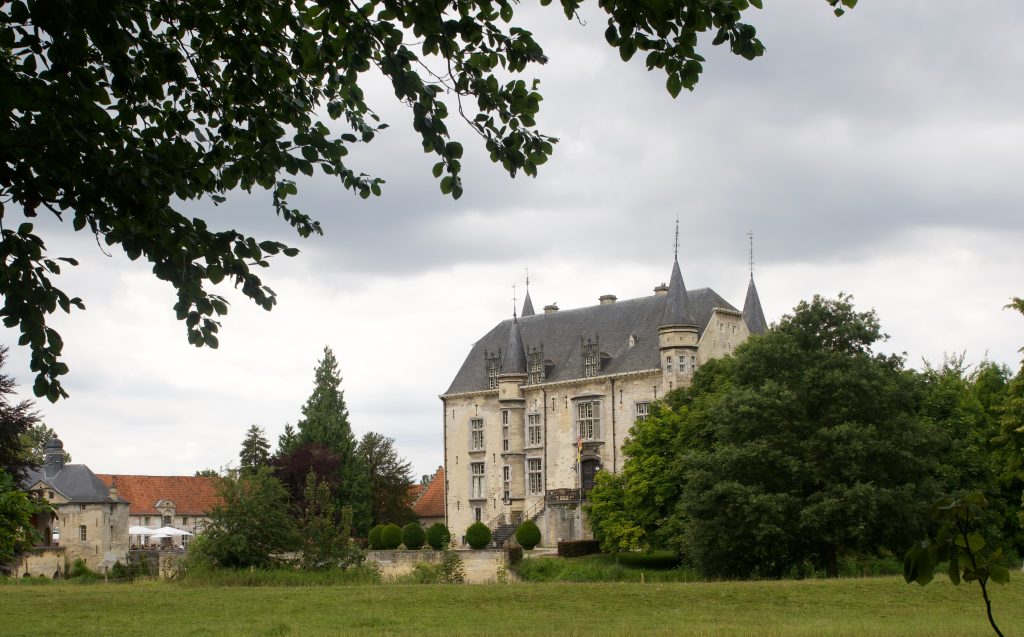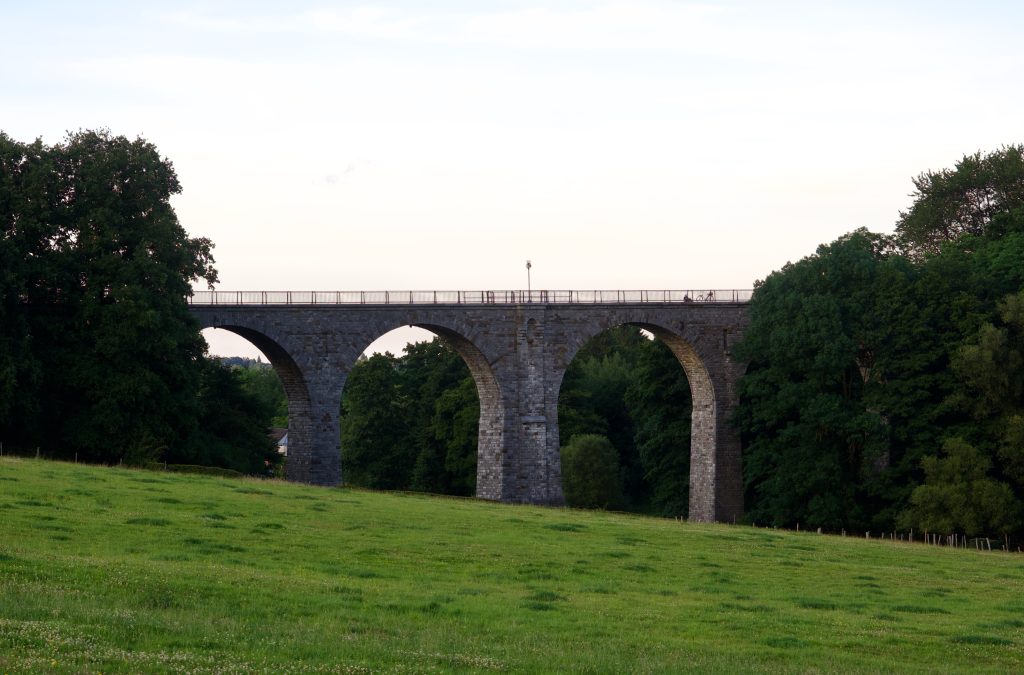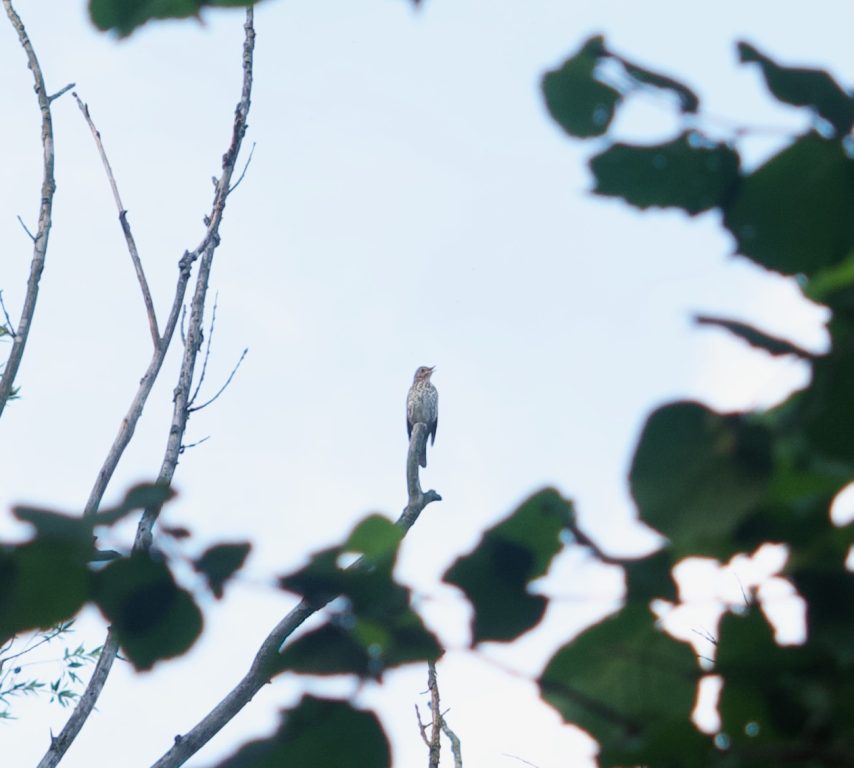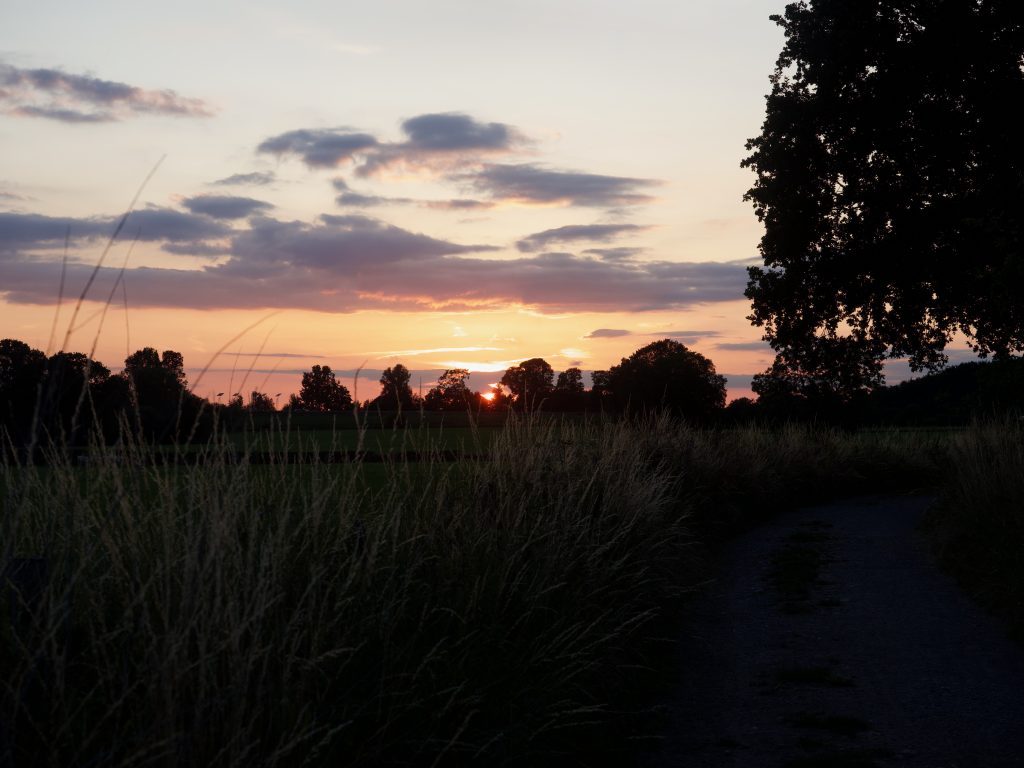One Art
Elizabeth Bishop (1911-1979)
The art of losing isn’t hard to master;
so many things seem filled with the intent
to be lost that their loss is no disaster.
Lose something every day. Accept the fluster
of lost door keys, the hour badly spent.
The art of losing isn’t hard to master.
Then practice losing farther, losing faster:
places, and names, and where it was you meant
to travel. None of these will bring disaster.
I lost my mother’s watch. And look! my last, or
next-to-last, of three loved houses went.
The art of losing isn’t hard to master.
I lost two cities, lovely ones. And, vaster,
some realms I owned, two rivers, a continent.
I miss them, but it wasn’t a disaster.
—Even losing you (the joking voice, a gesture
I love) I shan’t have lied. It’s evident
the art of losing’s not too hard to master
though it may look like (Write it!) like disaster.
Note for Kai: We talked about villanelles on the phone last week, because Dylan Thomas’s “Do Not Go Gentle Into That Good Night” is one of your favorites (I post his poem below, for good measure). I mentioned this poem by Bishop, an American poet, as another famous villanelle that I love and that, like Thomas’s, deals with really tough things: Thomas struggling with the impending death of his father; Bishop’s speaker (also probably a stand-in for herself) struggling with losing a lover. I hope you’ll have time to read it aloud several times to figure out how you would read across the line breaks to capture and contain the emotions. (Needless to say, every poem needs to be read aloud. They are made for that and do not come fully alive without it.)
The rules for villanelles are strict (and I quote a dictionary definition: “a nineteen-line poem with two rhymes throughout, consisting of five tercets and a quatrain, with the first and third lines of the opening tercet recurring alternately at the end of the other tercets and with both repeated at the close of the concluding quatrain”). Thomas abides by them exactly–he makes the entire first and third line repeat–but Bishop riffs on the form and changes some words around when she comes back around to the first and third line of the first stanza in the following stanzas.
But I still think that what we said the other day still holds true: because the strict form of the villanelle is an especially tight box, formally speaking, it can be used to hold in things that are so painful that they can almost not be said. This is how I read both of these poems, and I cannot read either one without choking up (reading them out loud is especially difficult). They feel like emotional truth bombs that would explode, that would be too much if they were not kept in such a small box. I always notice it especially in Bishop’s last line, because that is where she breaks out of the form and tells us that the formal frame of the poem is bursting, even with the typography “(Write it!)”
If we make art (words, music, images) to process the world and to help others (who read, hear, see that art) to process it, maybe that kind of small, tight box is necessary to process it when the world is especially emotional and painful: when there is death, breaking up, loss, nothingness to contemplate. I can’t really explain why that thought, and the form of the villanelle that exemplifies it so powerfully, is comforting to me. But I think it’s because I do believe in catharsis; art like this makes me go on an emotional journey from which I emerge feeling better, feeling reassured that when beauty emerges from pain and suffering, that is a good thing (for the artist, for us as readers, listeners, viewers) and not just some cheesy feel-good mechanism that prettifies and trivializes sad and evil things.
Dylan Thomas (1914-1953)
Do Not Go Gentle Into That Good Night
Do not go gentle into that good night,
Old age should burn and rave at close of day;
Rage, rage against the dying of the light.
Though wise men at their end know dark is right,
Because their words had forked no lightning they
Do not go gentle into that good night.
Good men, the last wave by, crying how bright
Their frail deeds might have danced in a green bay,
Rage, rage against the dying of the light.
Wild men who caught and sang the sun in flight,
And learn, too late, they grieved it on its way,
Do not go gentle into that good night.
Grave men, near death, who see with blinding sight
Blind eyes could blaze like meteors and be gay,
Rage, rage against the dying of the light.
And you, my father, there on the sad height,
Curse, bless, me now with your fierce tears, I pray.
Do not go gentle into that good night.
Rage, rage against the dying of the light.

